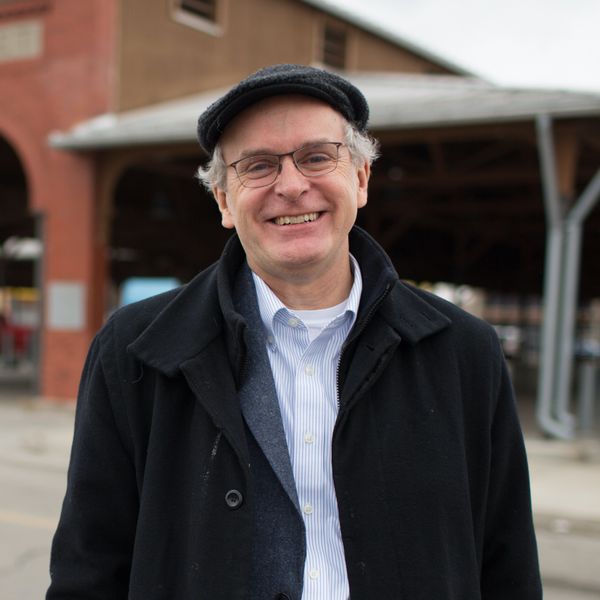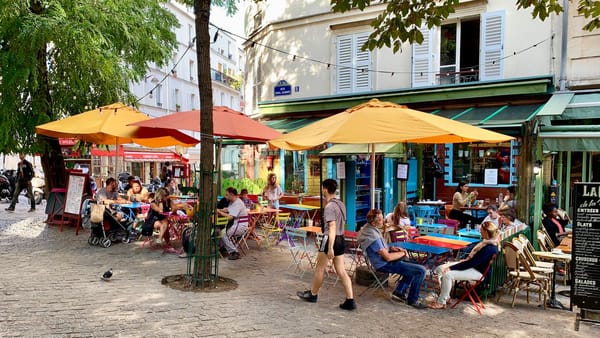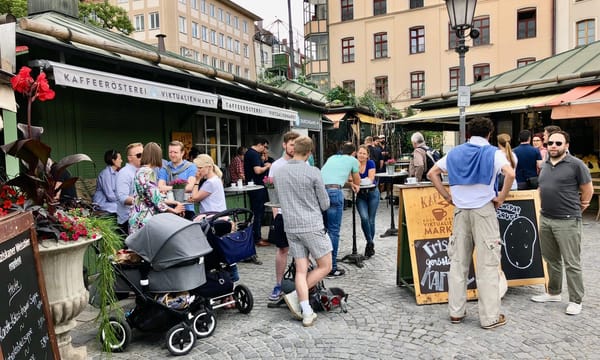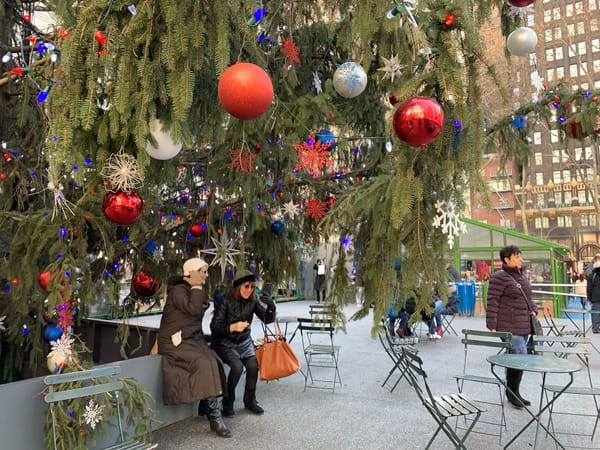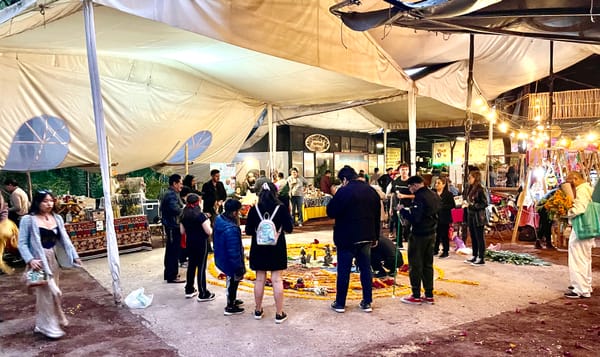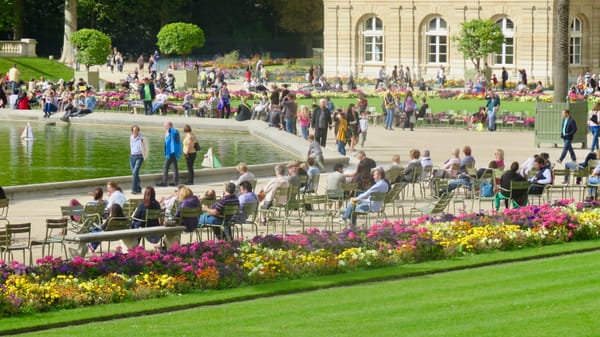SLP Articles in Our Key Focus Areas and Further Resources
We're scaling up our efforts at the Social Life Project and PlacemakingX to help take the placemaking movement to the next level. In the process of doing this, we have looked back at all our articles and identified the key content pieces in each of our focus areas. We have collected them here to help you navigate our work more easily. At the end we have added links to a number of organizations doing great work in this field. Together we can make wide-reaching positive impacts on our built environment.
Note: The issues we write about are ones that affect all our lives and are suitably challenging topics with a lot of nuance. Therefore, they are constantly developing and changing and we will keep updating this document as we continue publishing. We cherish your input.
An introduction to us:
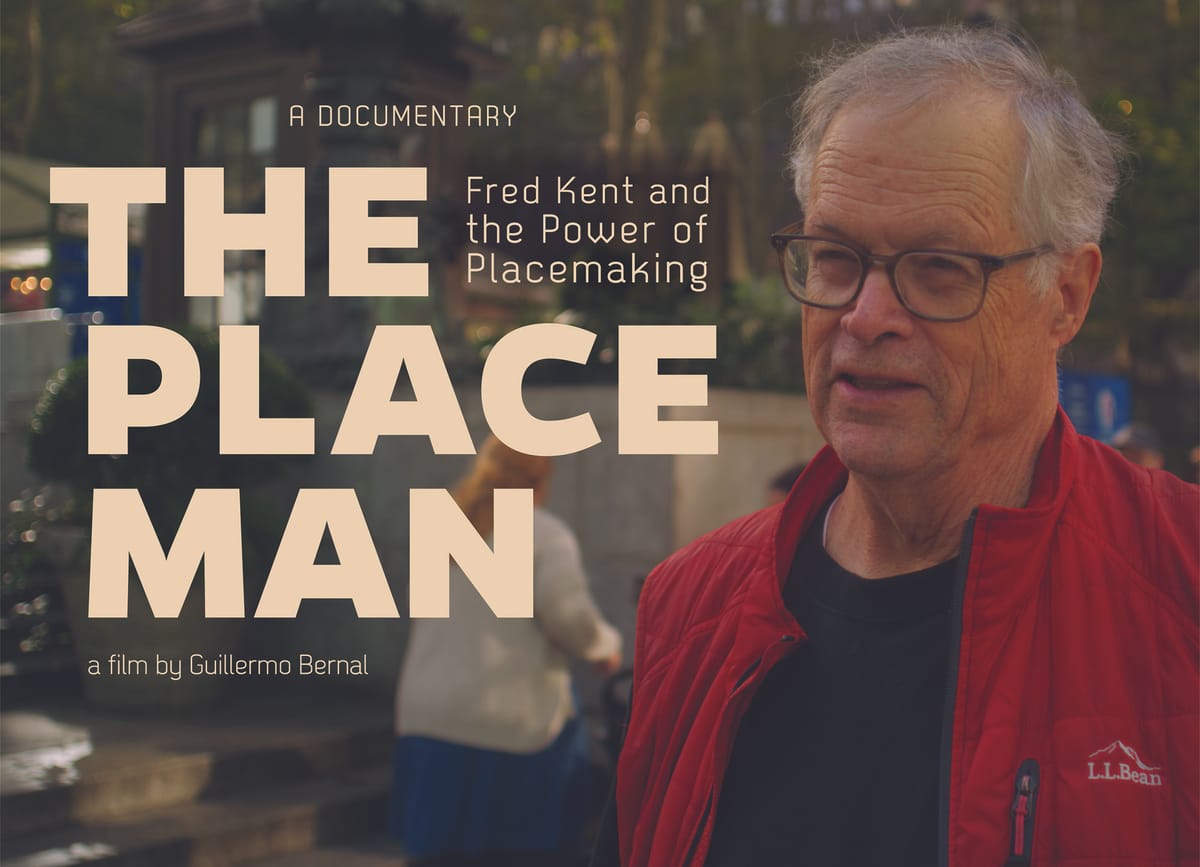
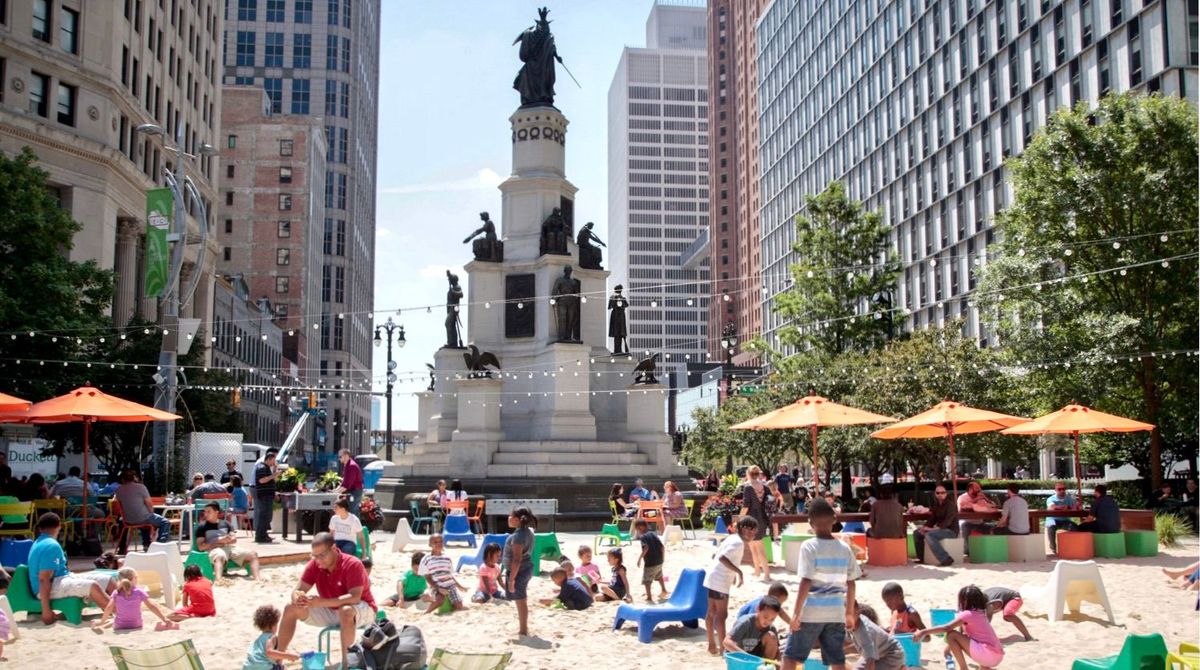
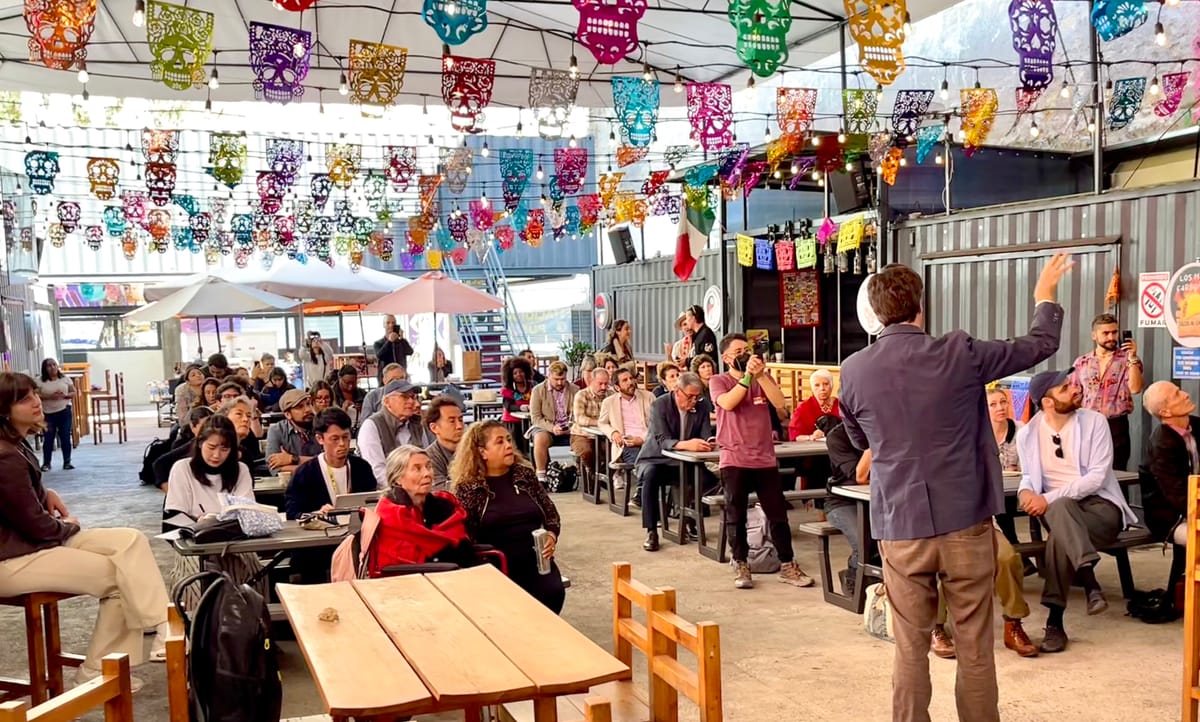
An introduction to our focus areas:
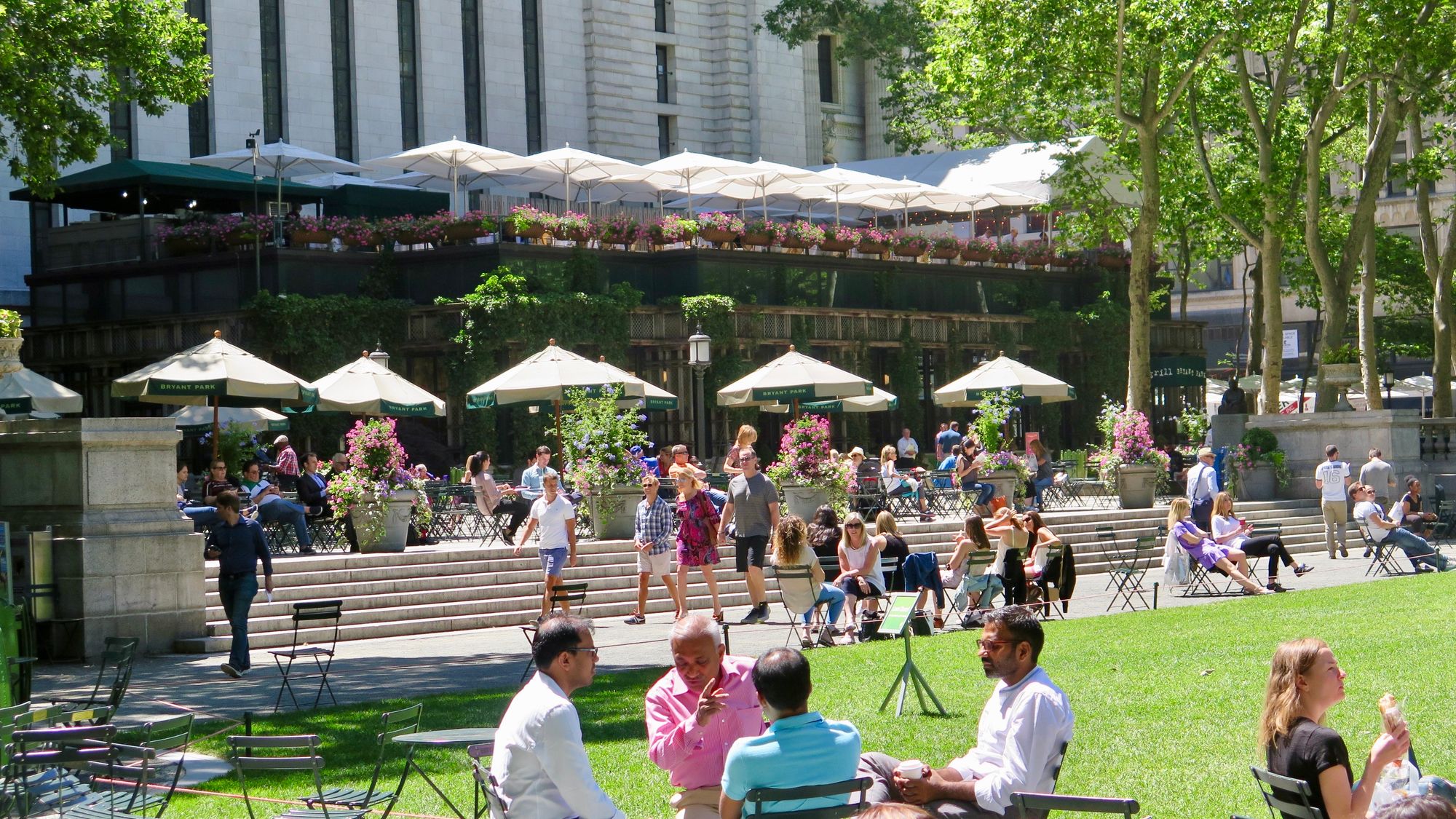
Broad Impacts
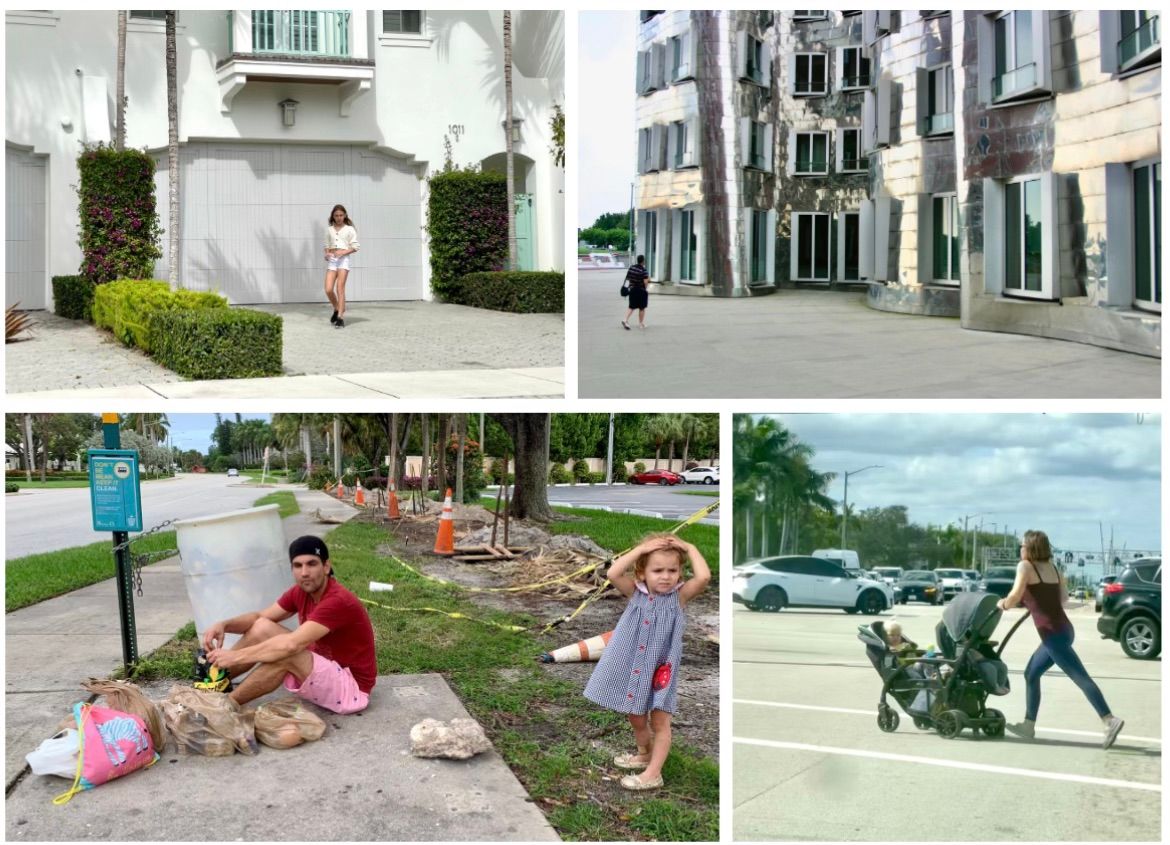
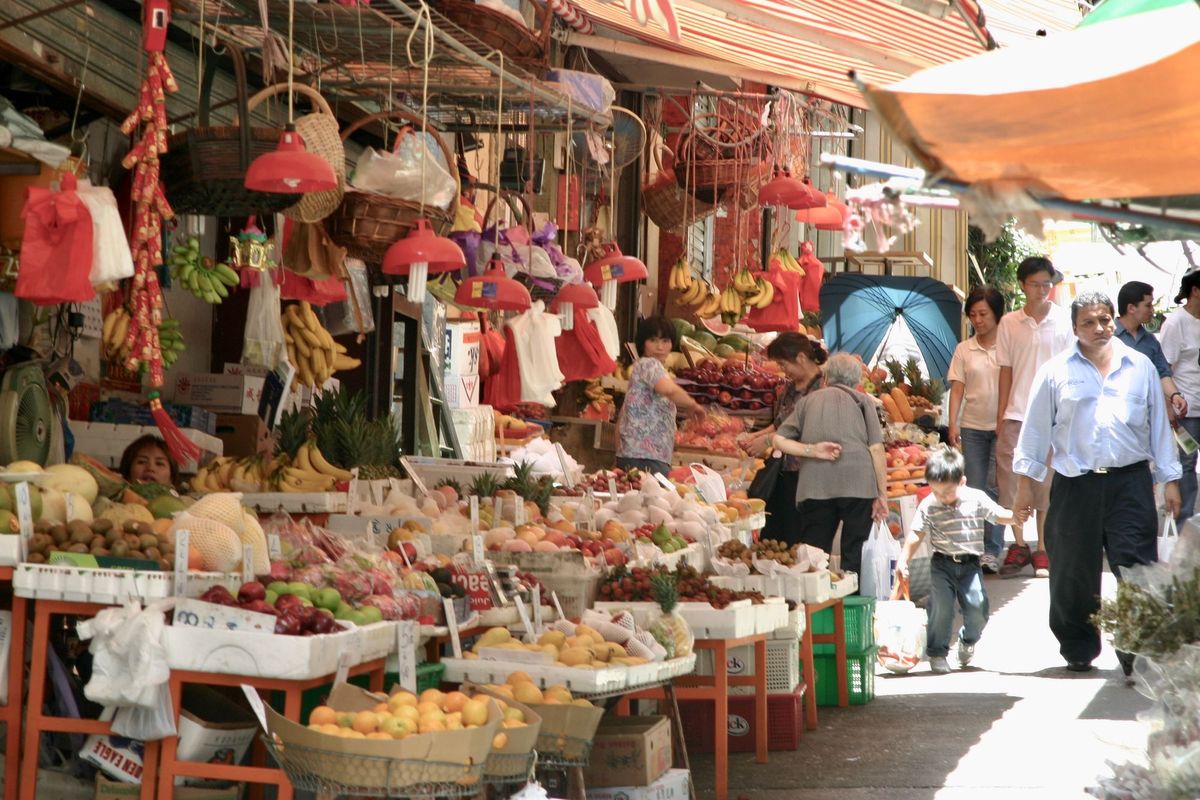
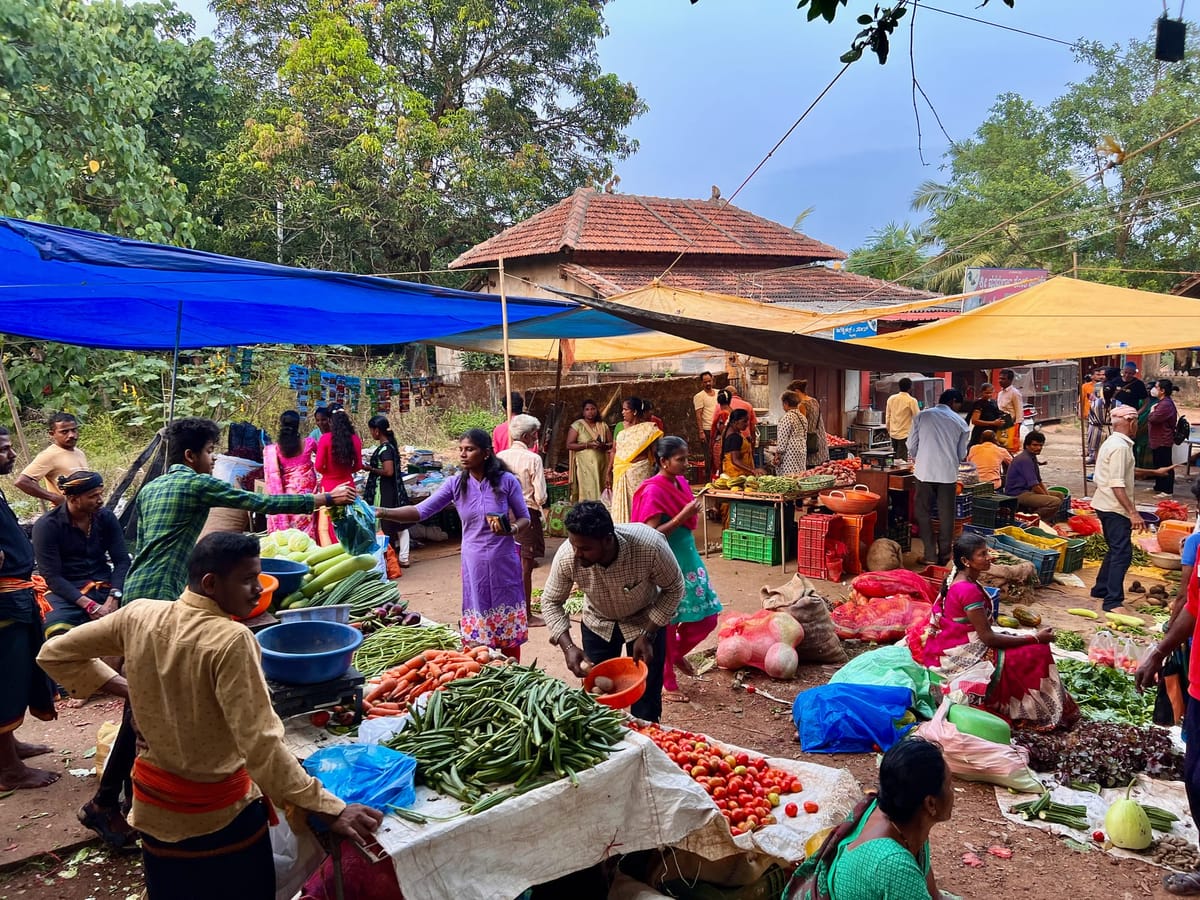
Five Campaigns to Restore Social Life in Our Communities
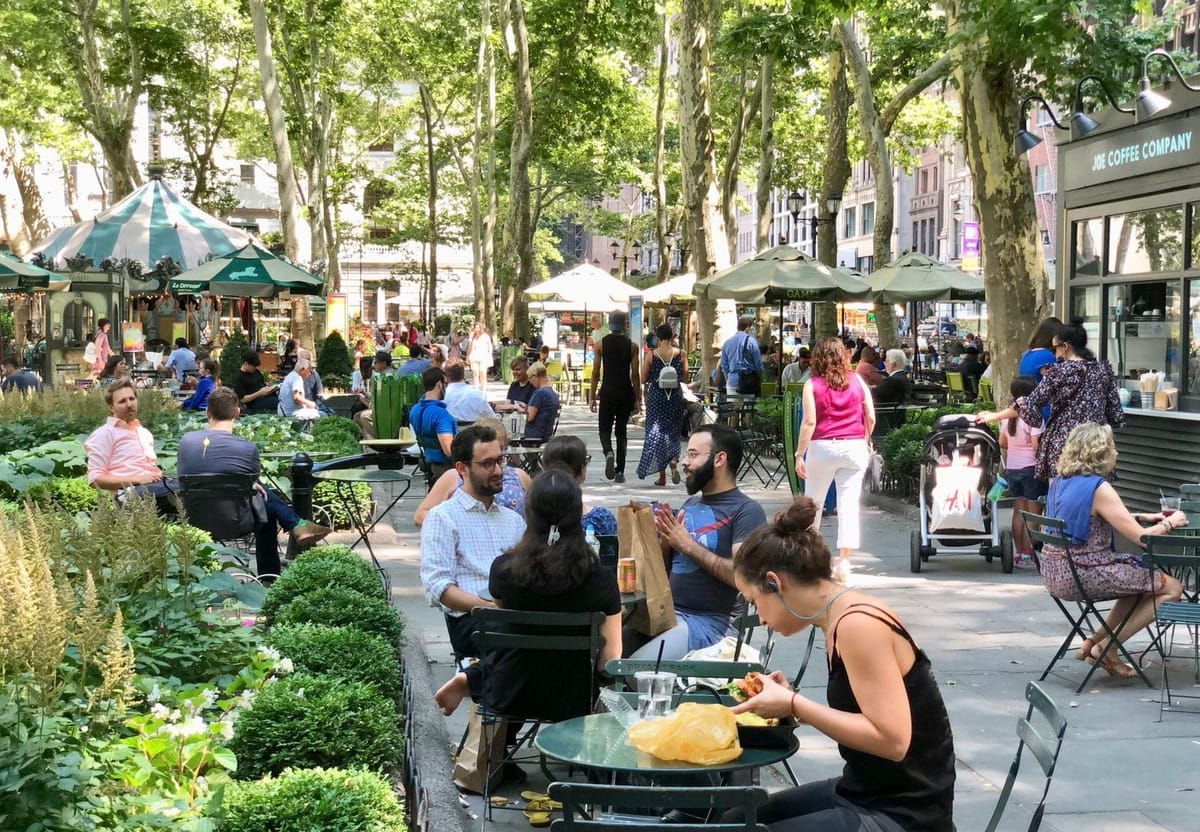
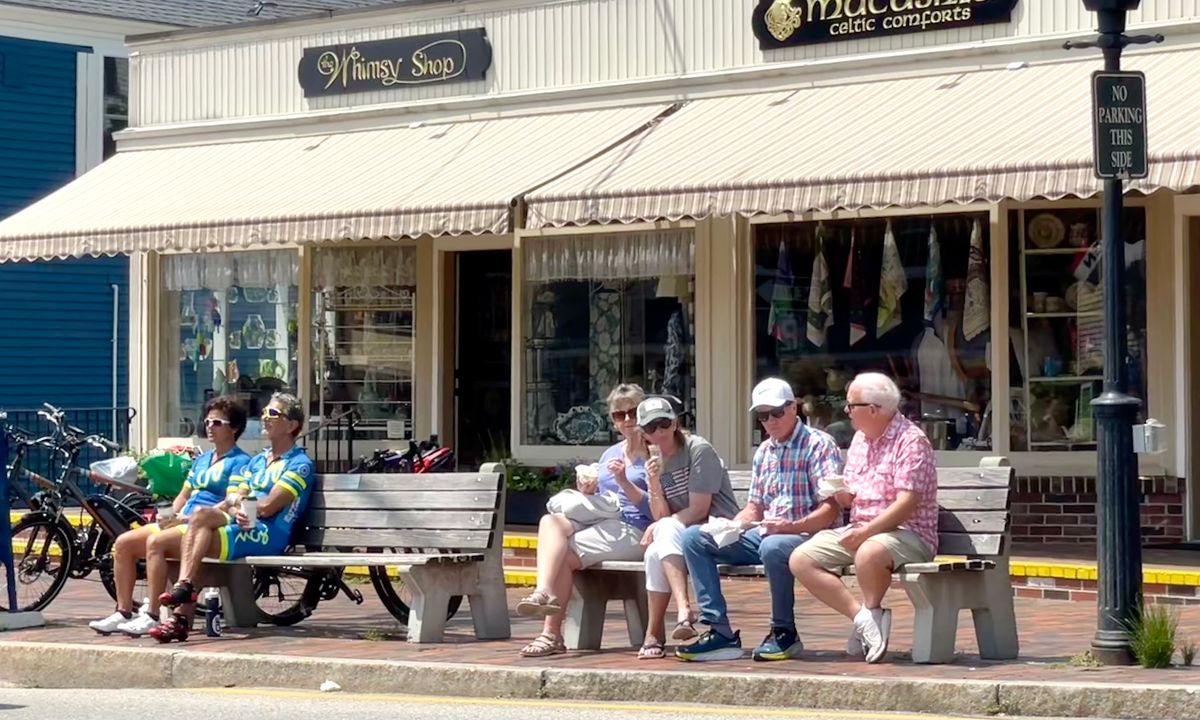
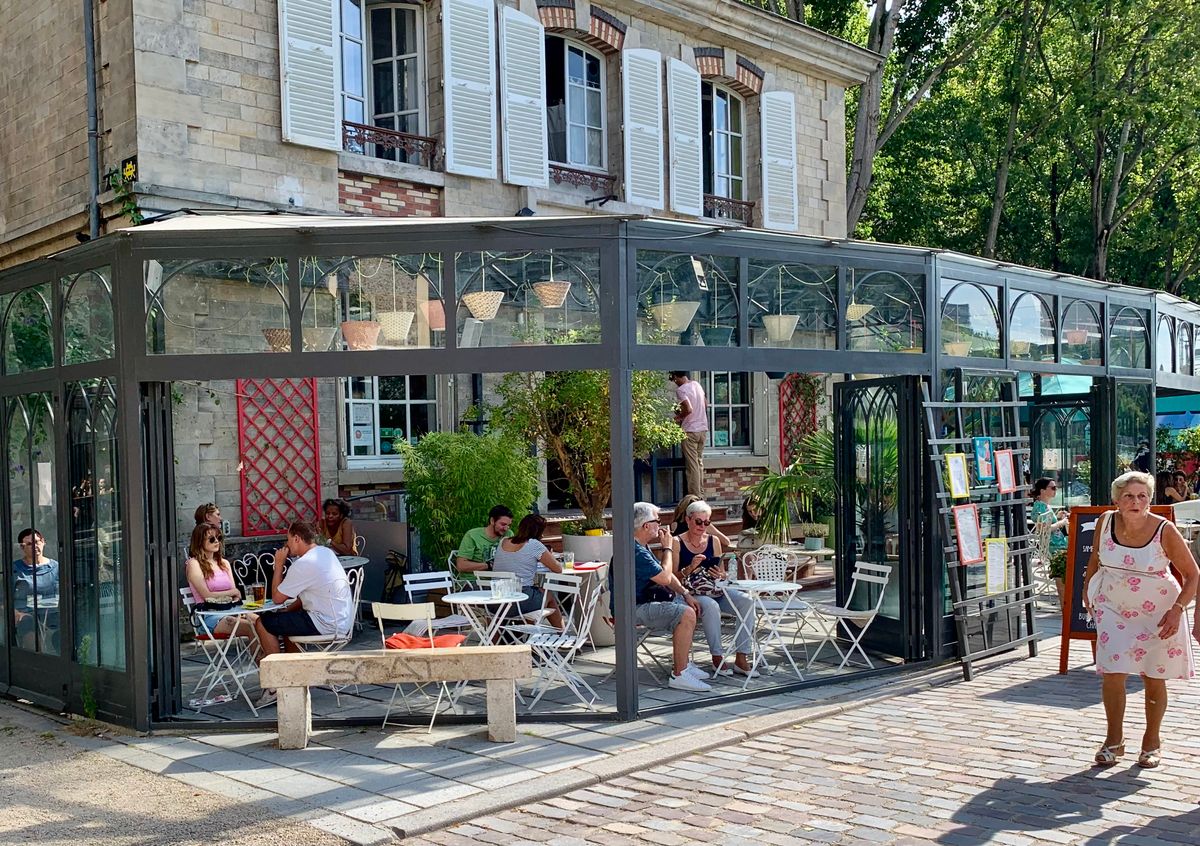
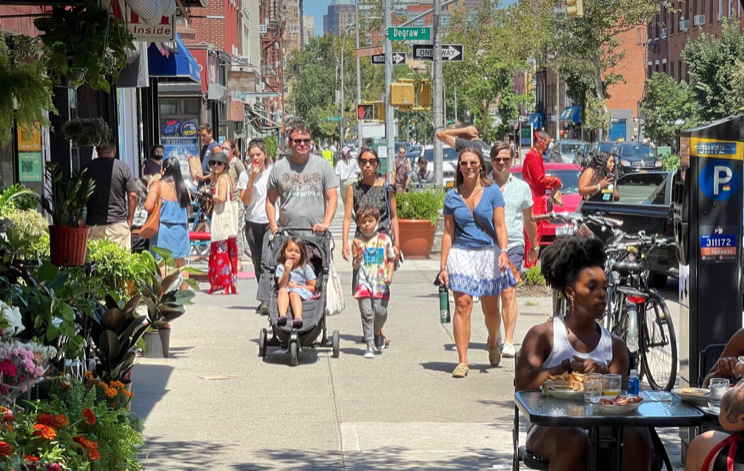
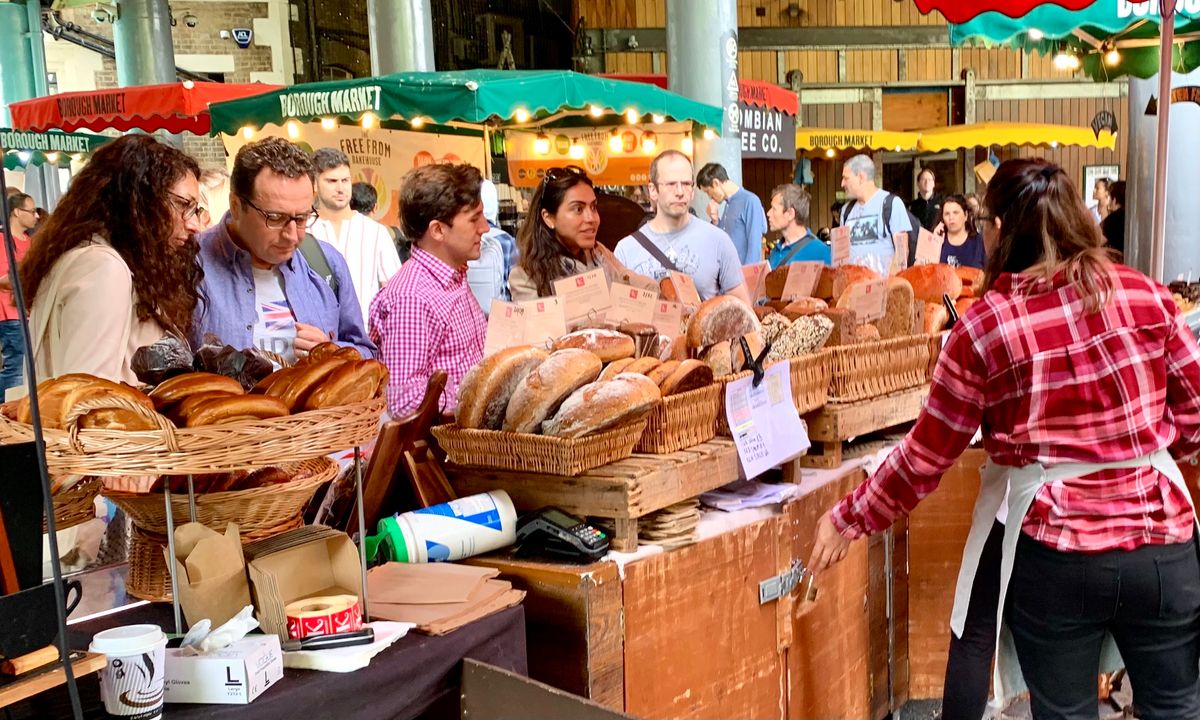
Key Topic Areas:
1) Amenities
We can highlight a community’s identity by creating great amenities – a bench at a corner, a canopy or tree that throws shade, a drinking fountain, even a bollard – things that provide a benefit to everyone in the community and improve their experience of living in it. The best communities place amenities where people need them. This lets people know the community cares about their comfort.
Benches and Seating
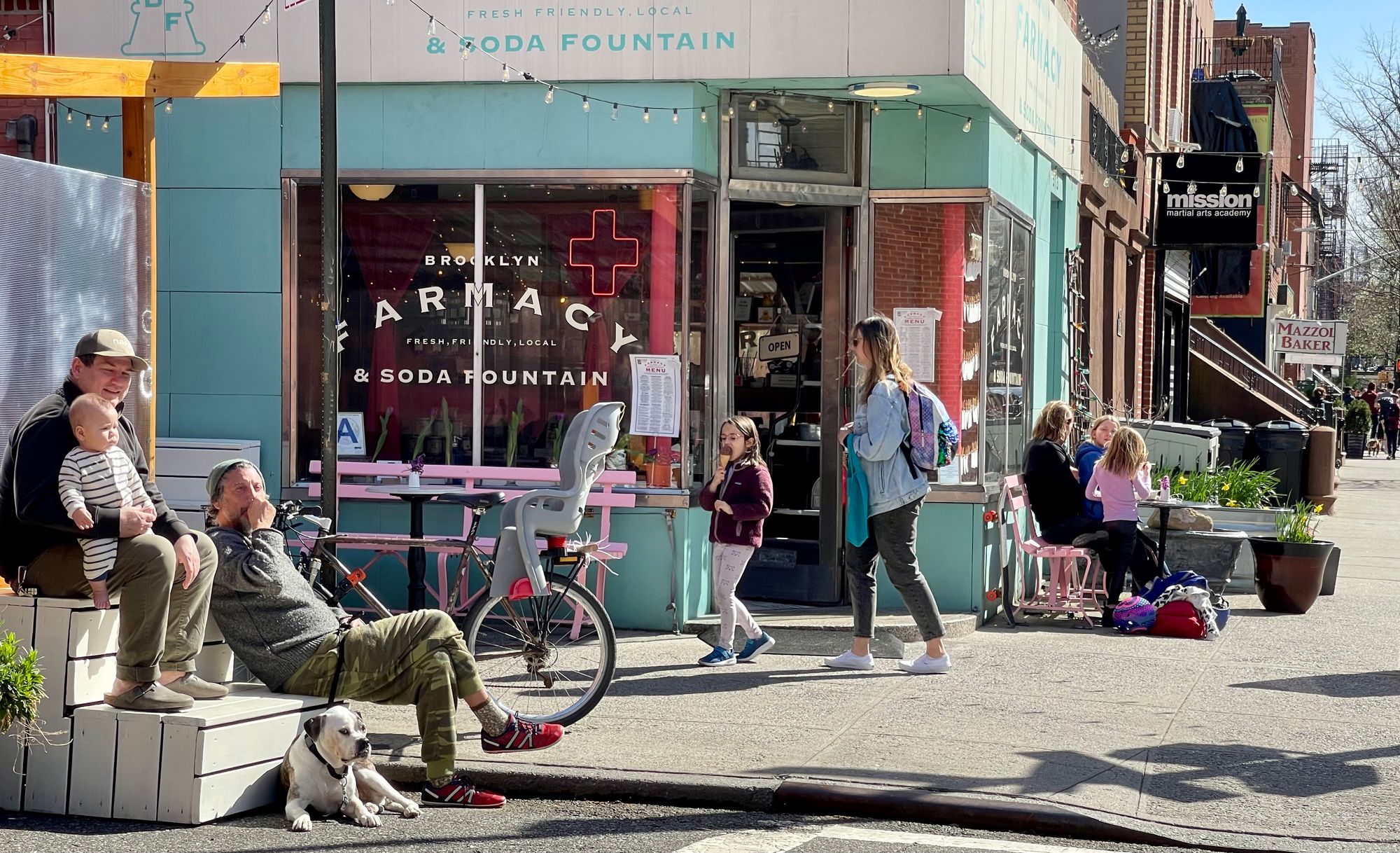
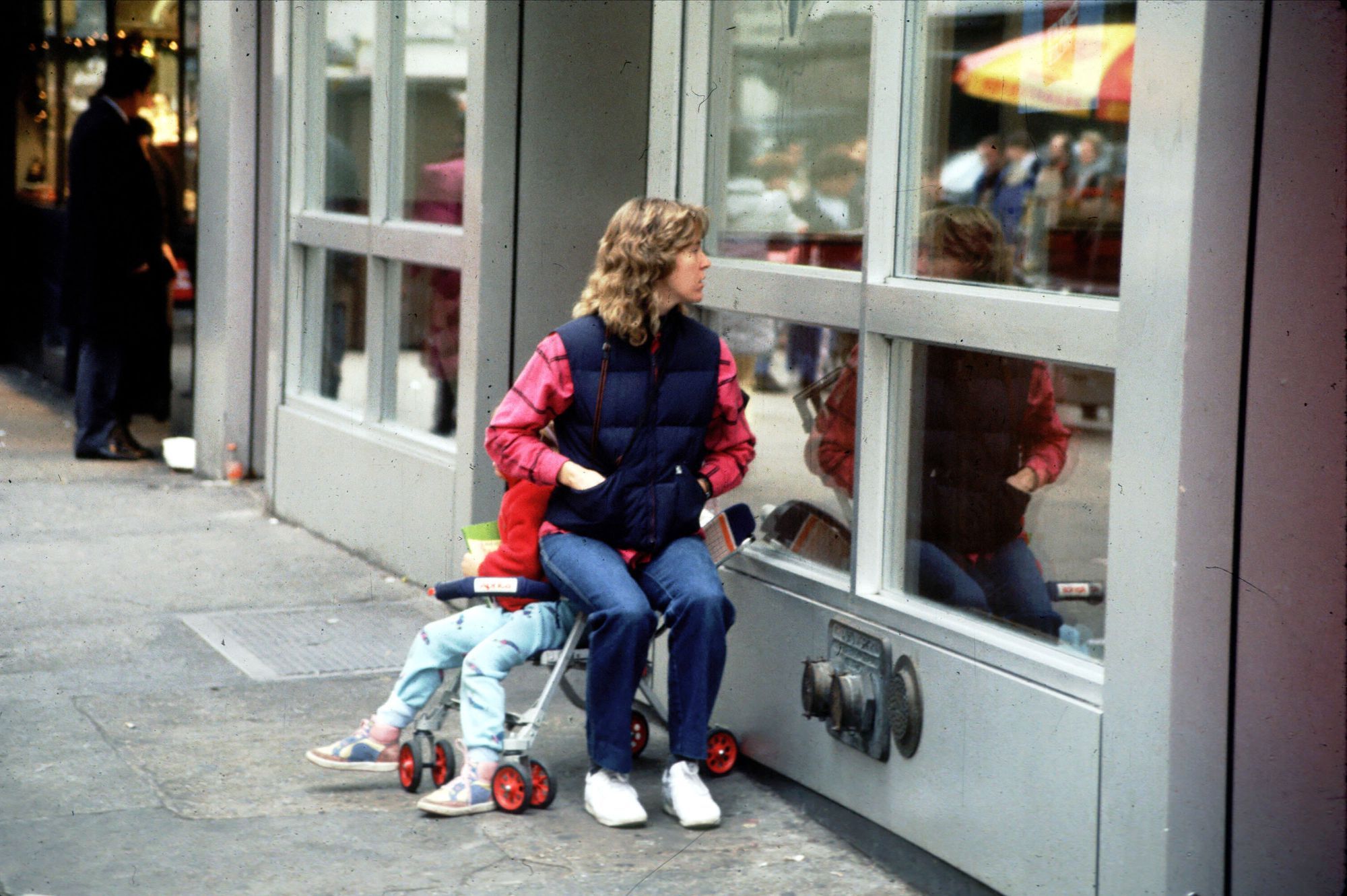
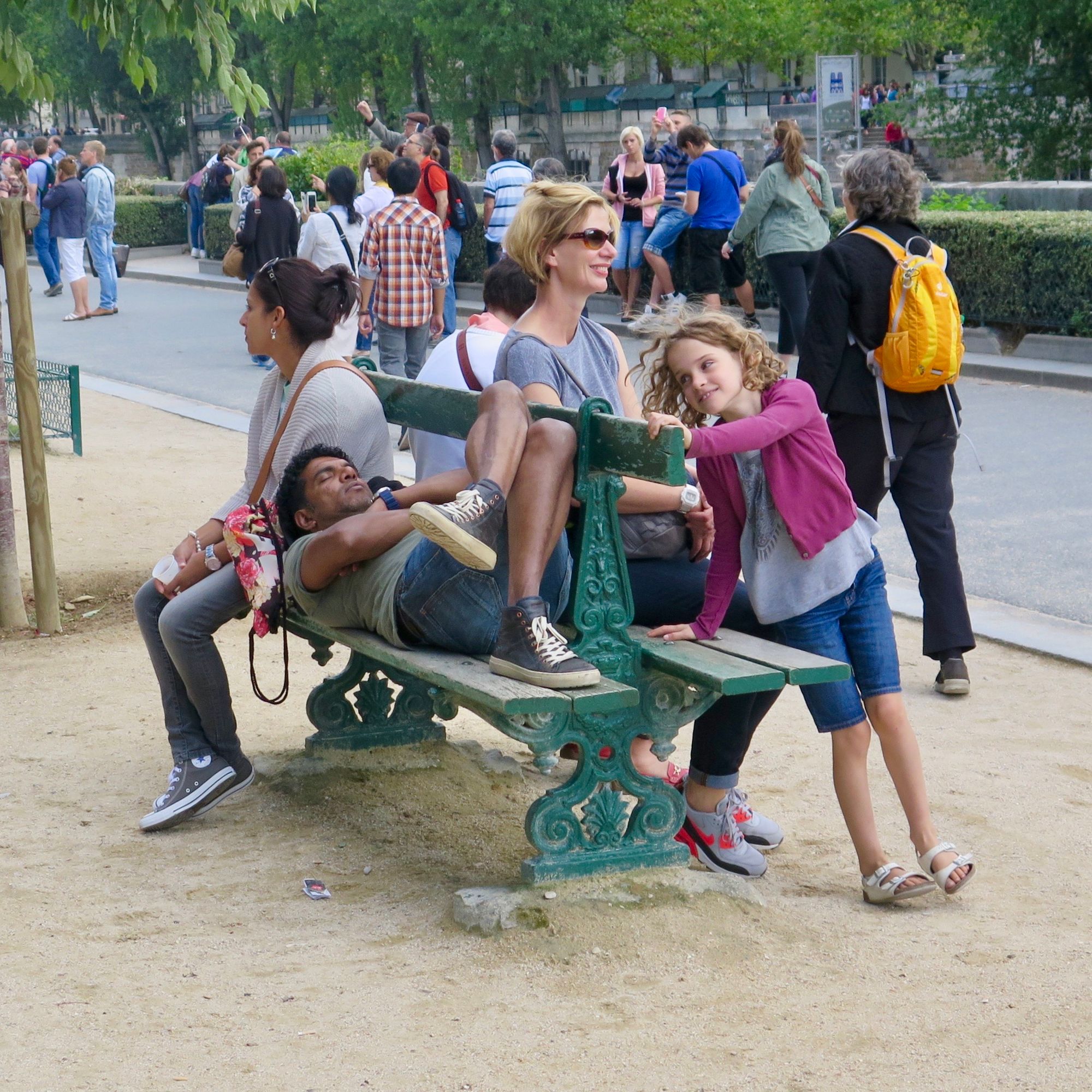
Shade
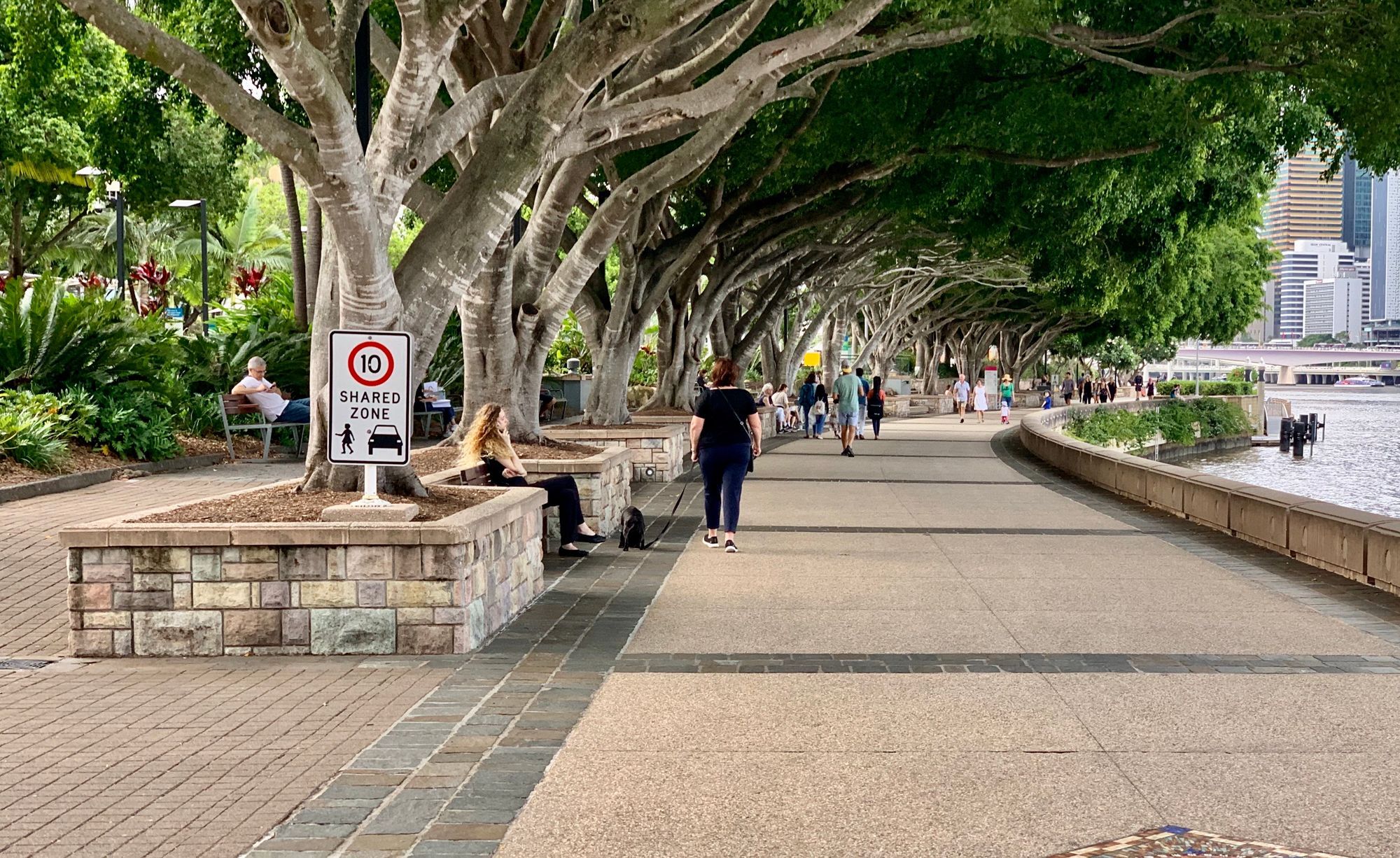
Refreshment
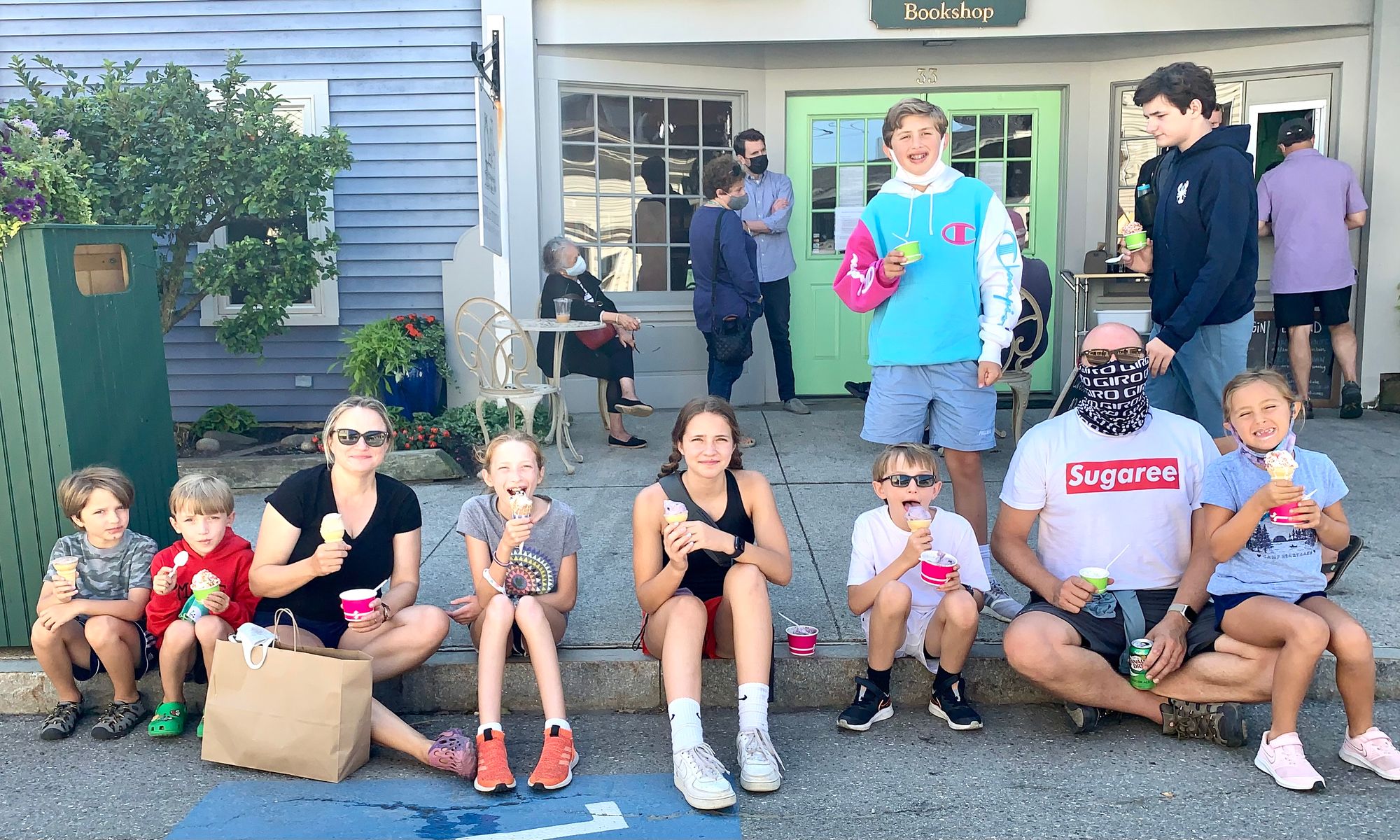
2) Community Assets
Assets are the parts of a street, town or city that bring it to life. While amenities give people something they need like shade, refreshment, or comfort, assets give people things they enjoy. They include things like interesting focal points, art such as murals and sculptures, water features such as fountains, and other details that give a place its character, beauty, and uniqueness.
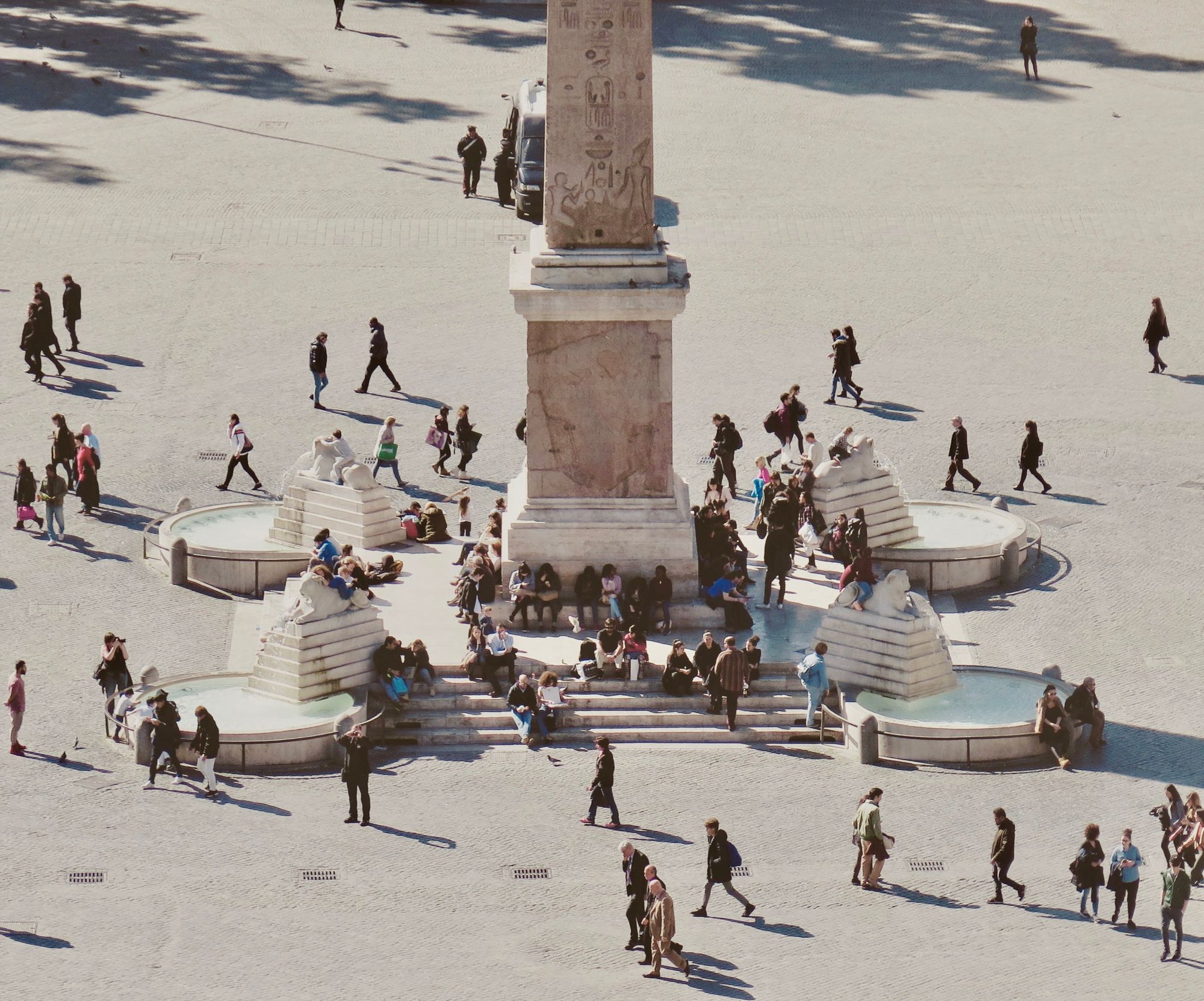
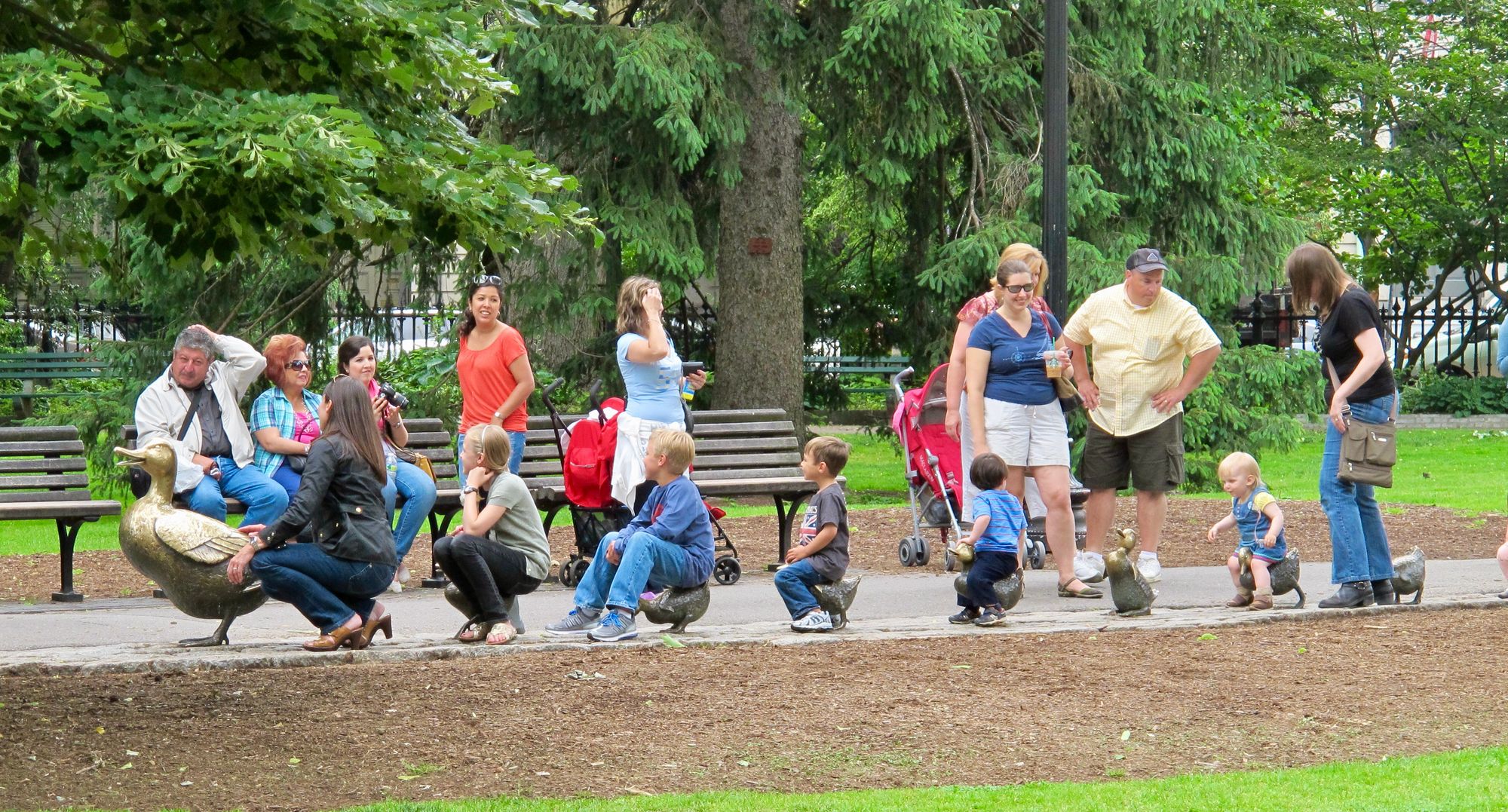
3) Sidewalks and Corners
Starting with sidewalks is the key to creating the social life we want. Sidewalks are the arteries of community – the platforms for pedestrian activity that people experience their towns and cities from and where they cross paths with friends and neighbors. Sidewalks are where we connect with businesses, buildings, amenities, and each other.
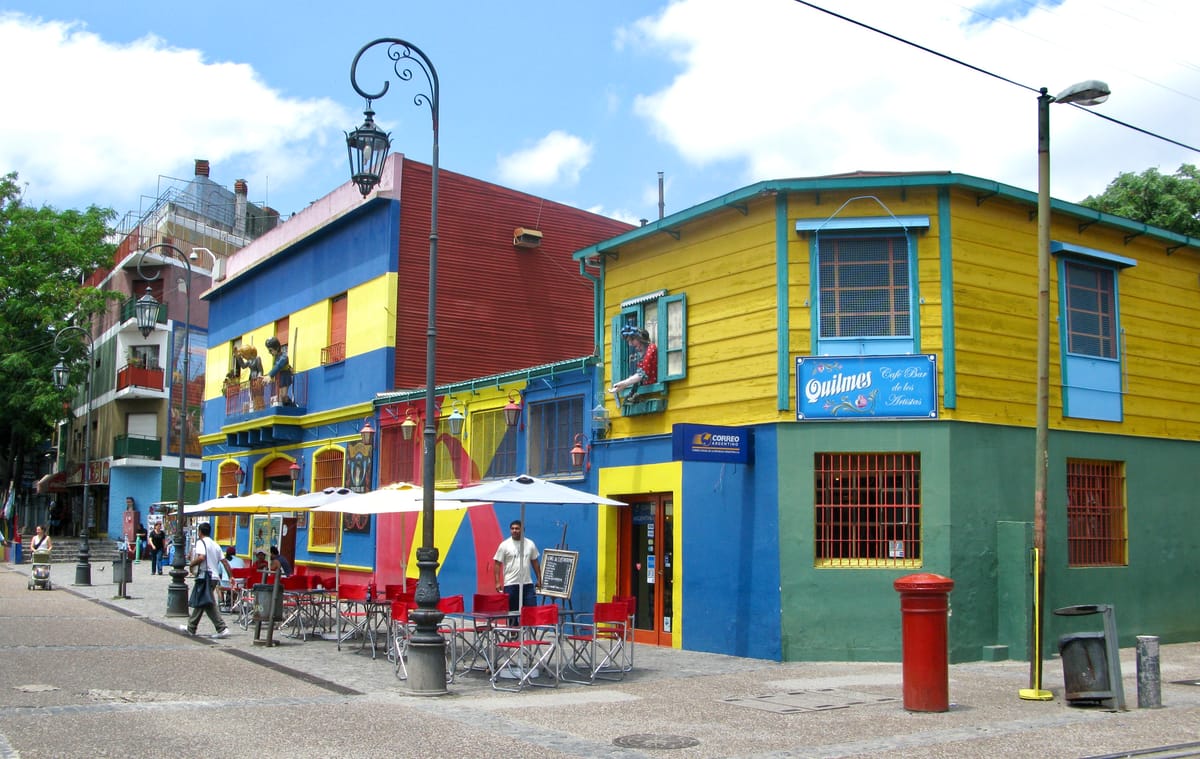
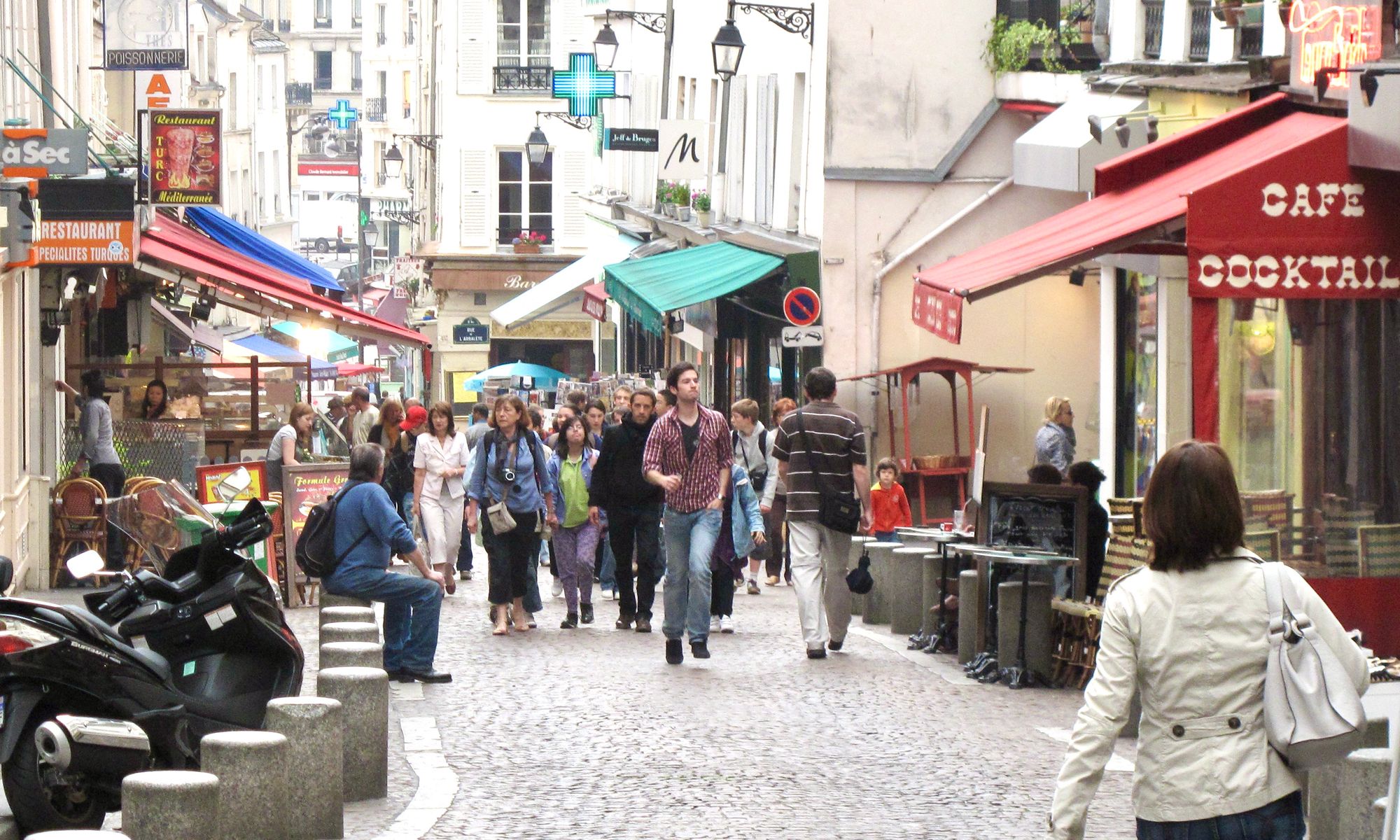
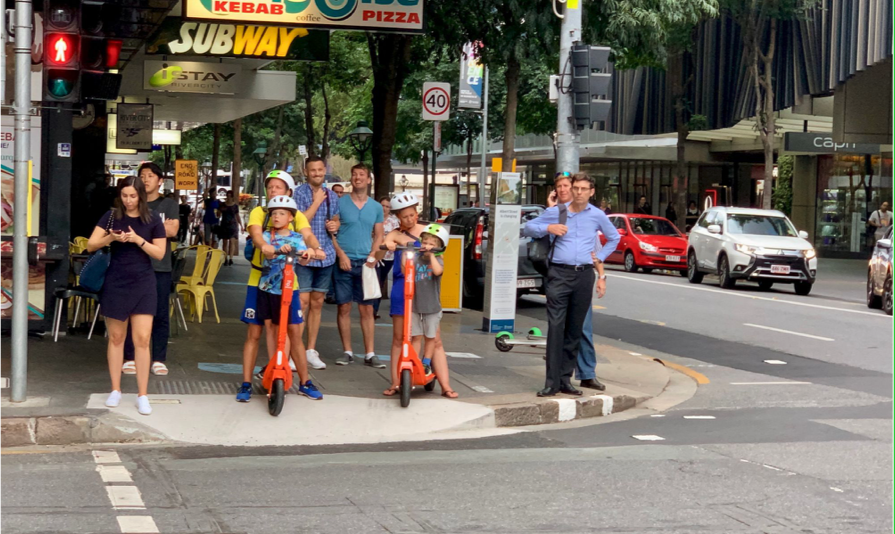
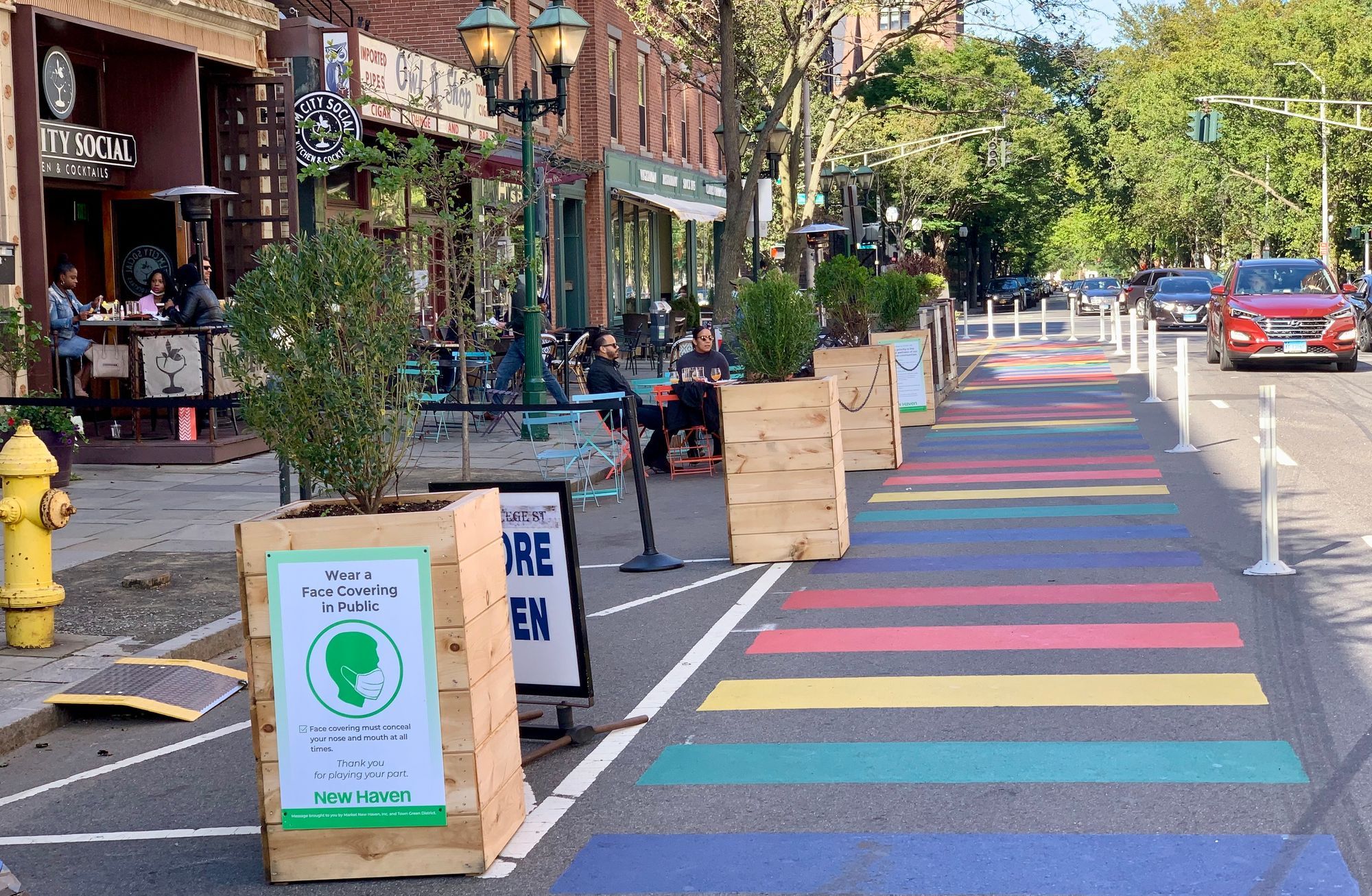
4) Architecture of Place
Turning buildings inside-out is important because it blurs the lines between the private indoors and shared outdoors, thus bringing life out onto the street and engaging the public realm. It makes streets and sidewalks interesting places to be, not just breeze through. From large cities to small towns the results can be profound.
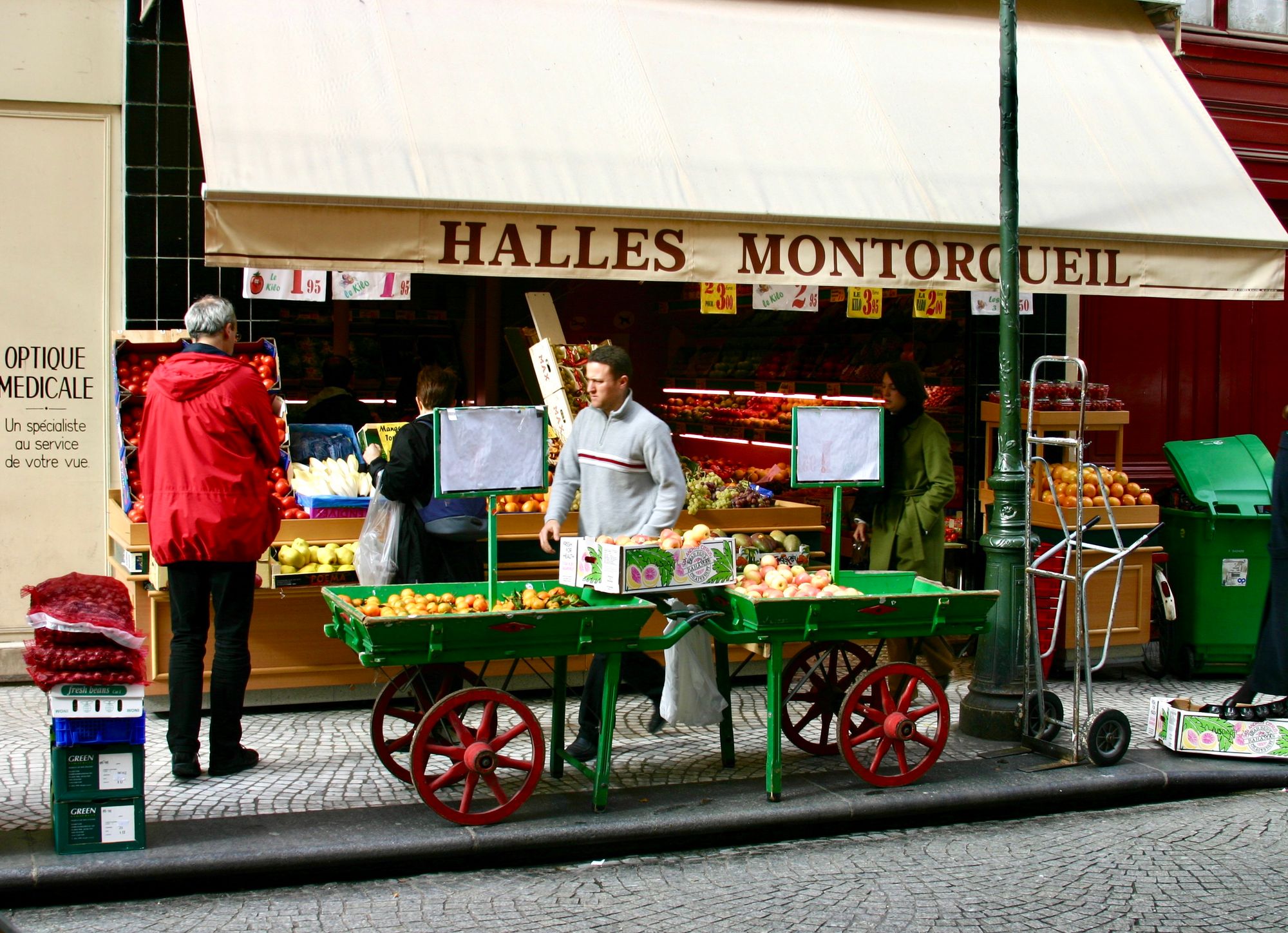
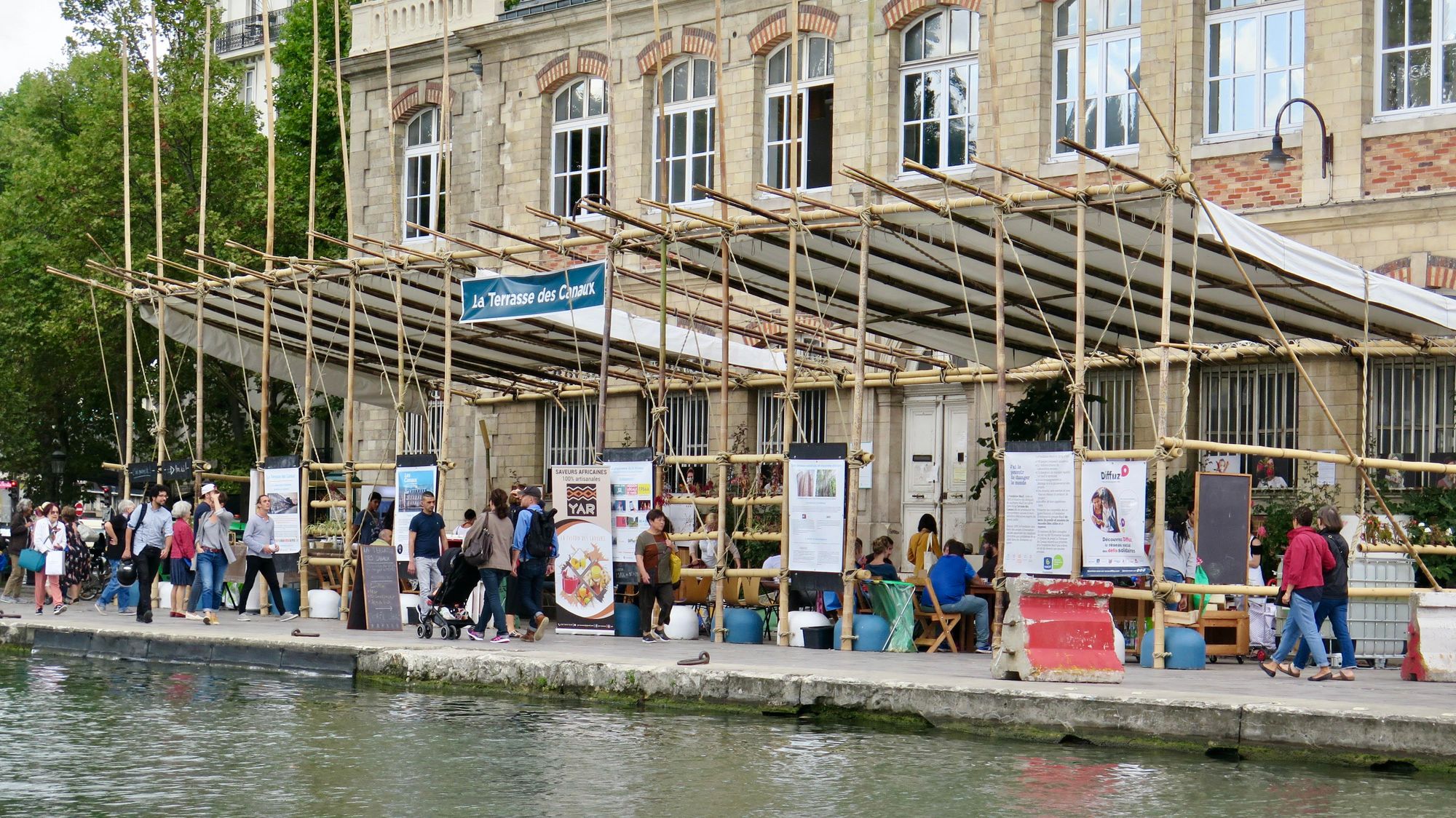

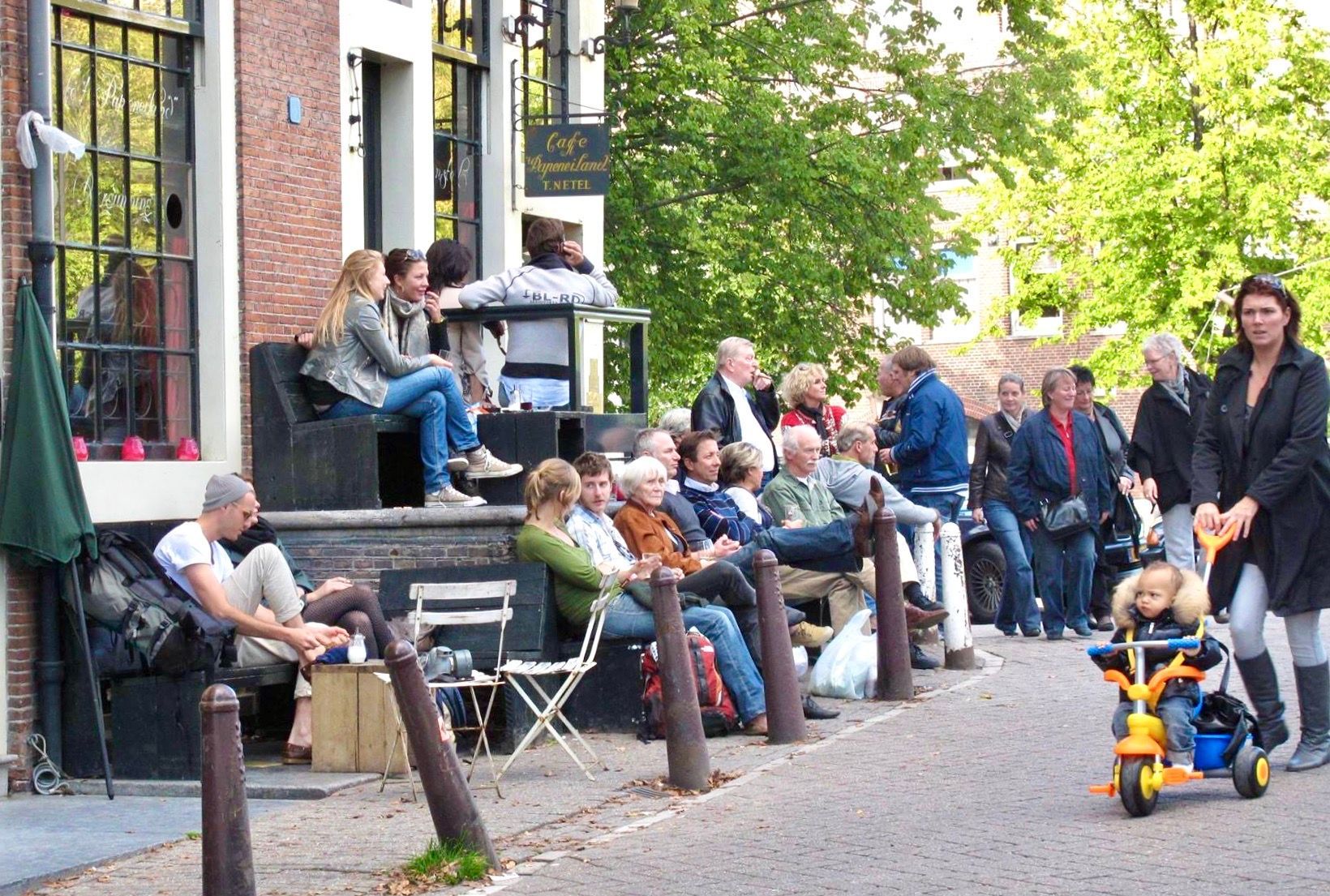
5) Cultural Destinations
Important cultural destinations are monuments to the history and values which define places. They are important focal points and are often integrated with key public spaces. These destinations add the unique, characteristic look and feel of a city.
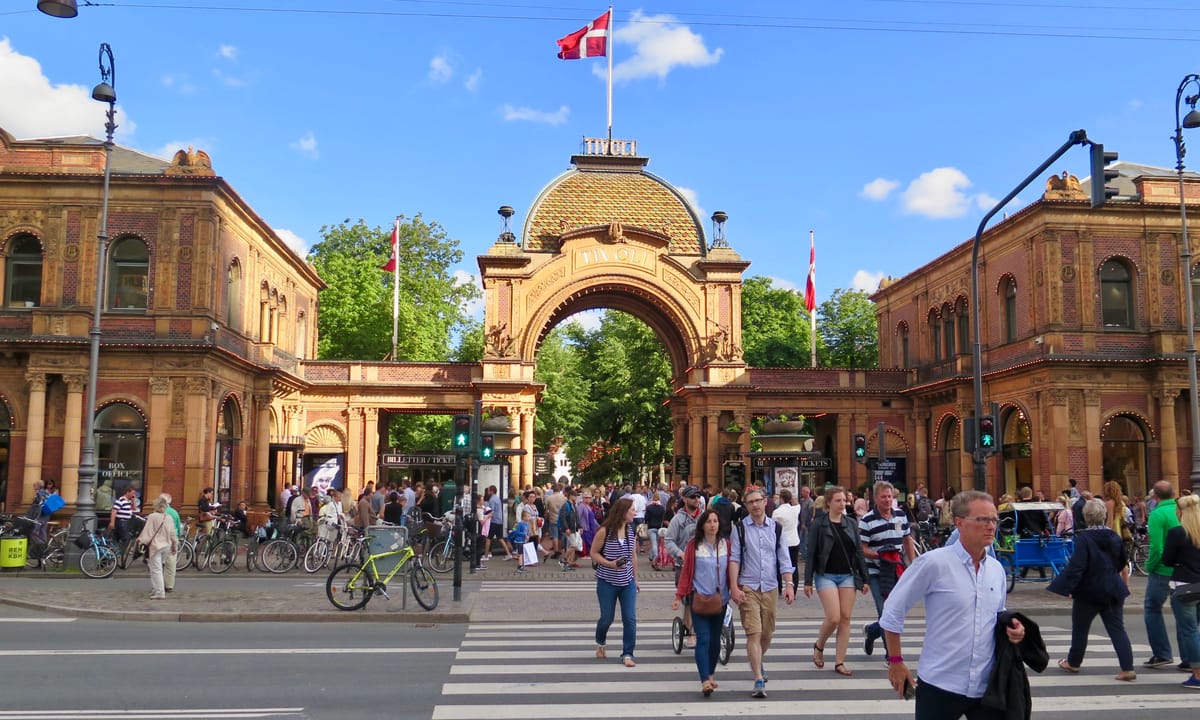
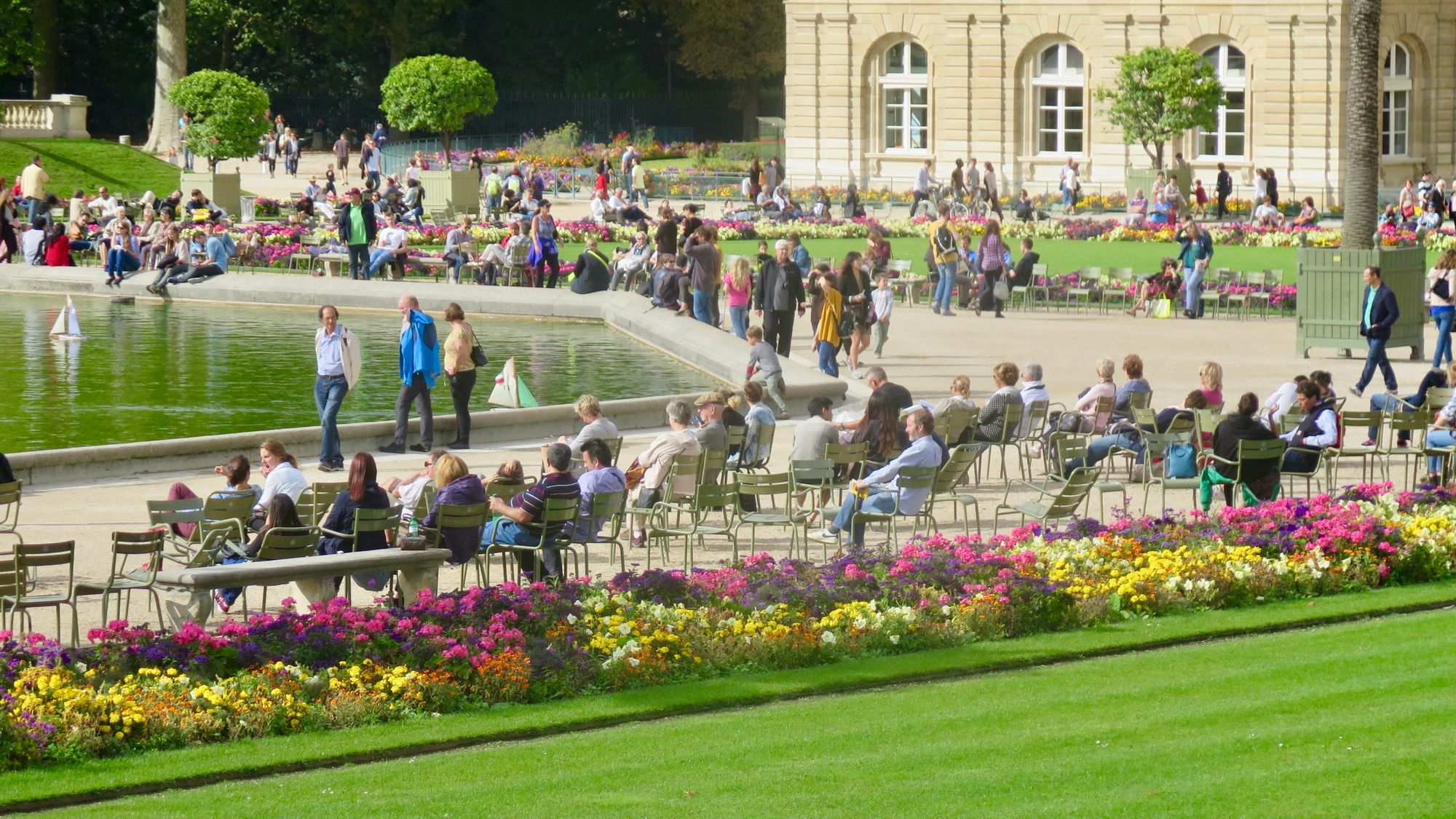
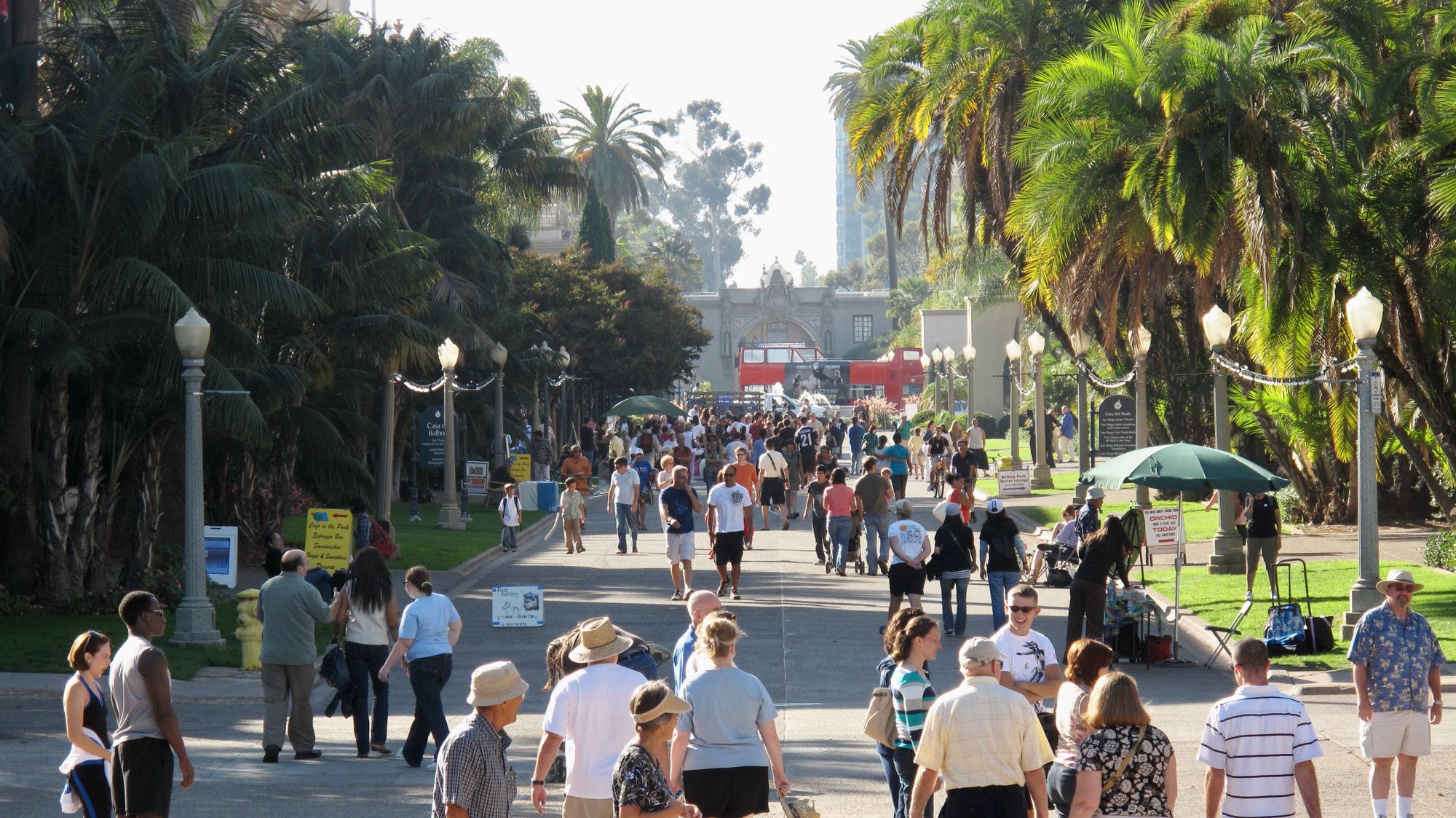
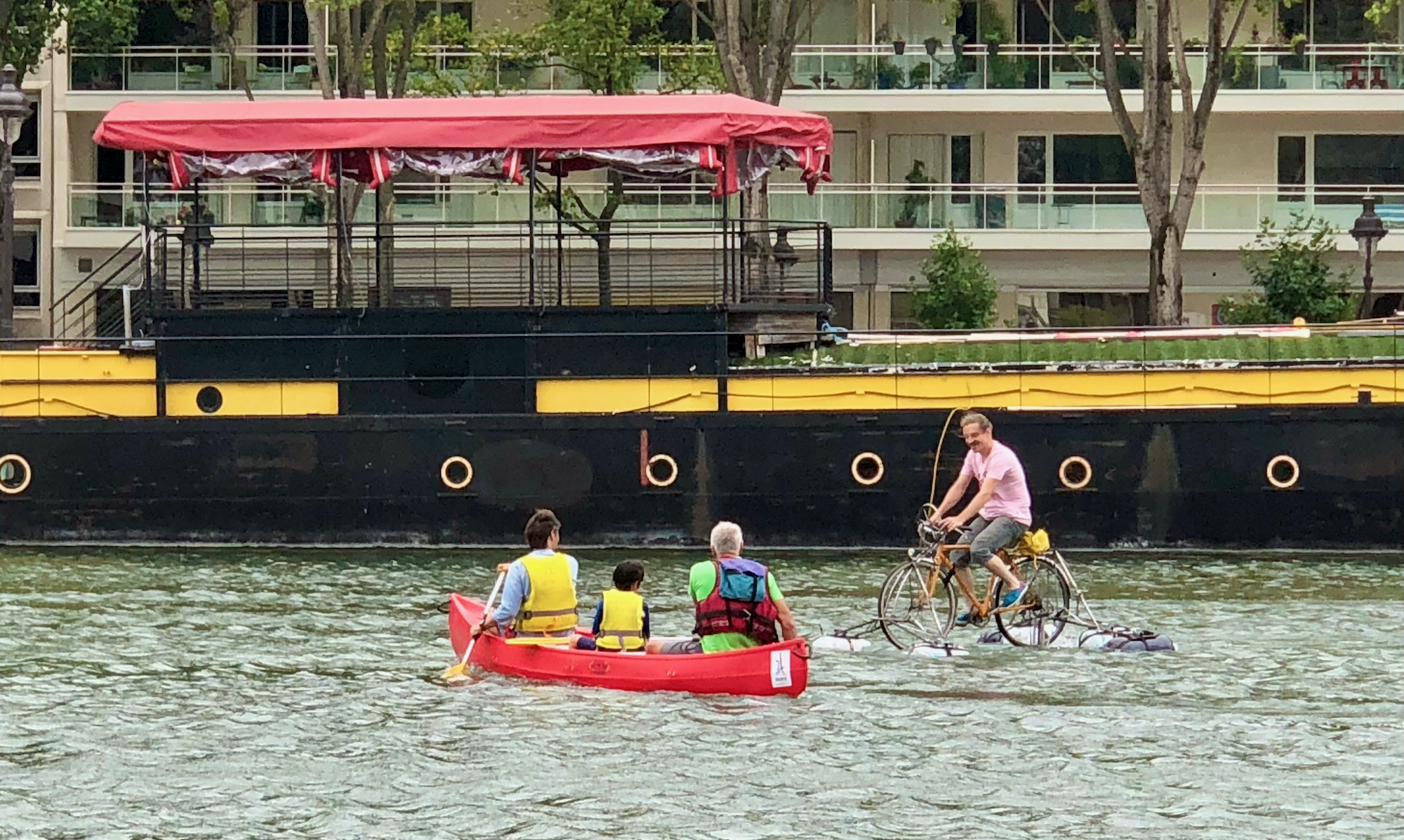
6) Multi-layered Destinations
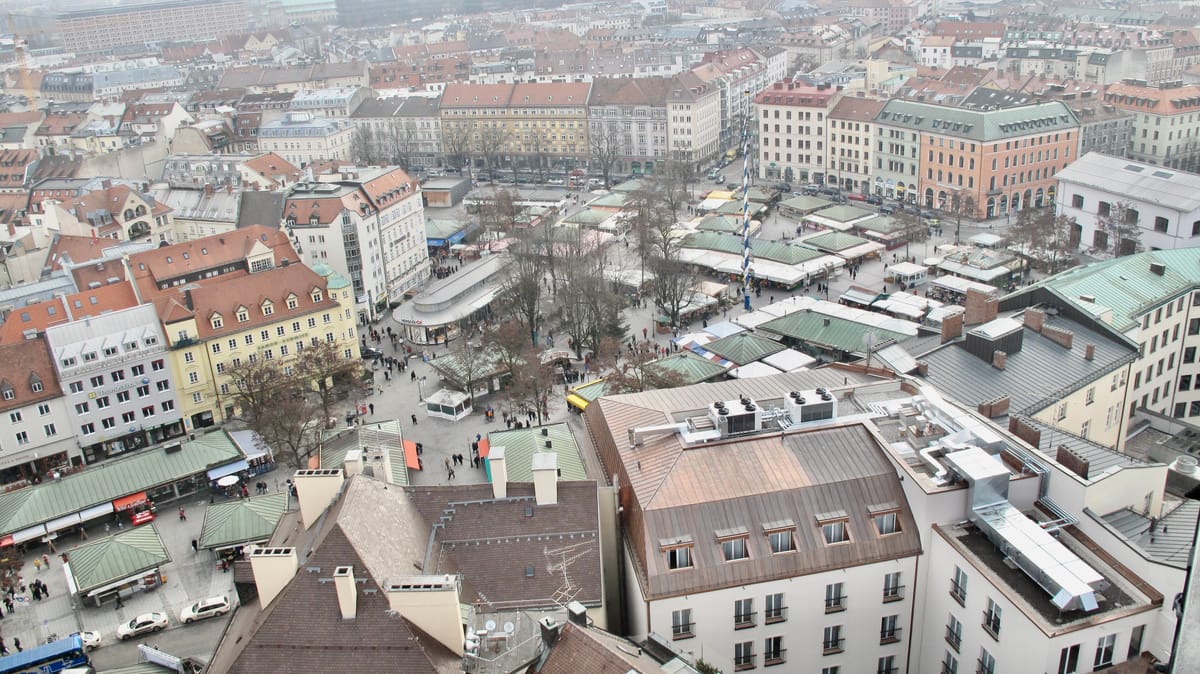
6.1) Squares
Historically, public squares served as common ground – gathering places for community. Today, we need to reinvent these community anchors to rouse vital public interaction. Squares – which can take the form of parks, markets, even shopping streets or plazas – become sources of civic pride, sites of protest and conversation, and social hubs.
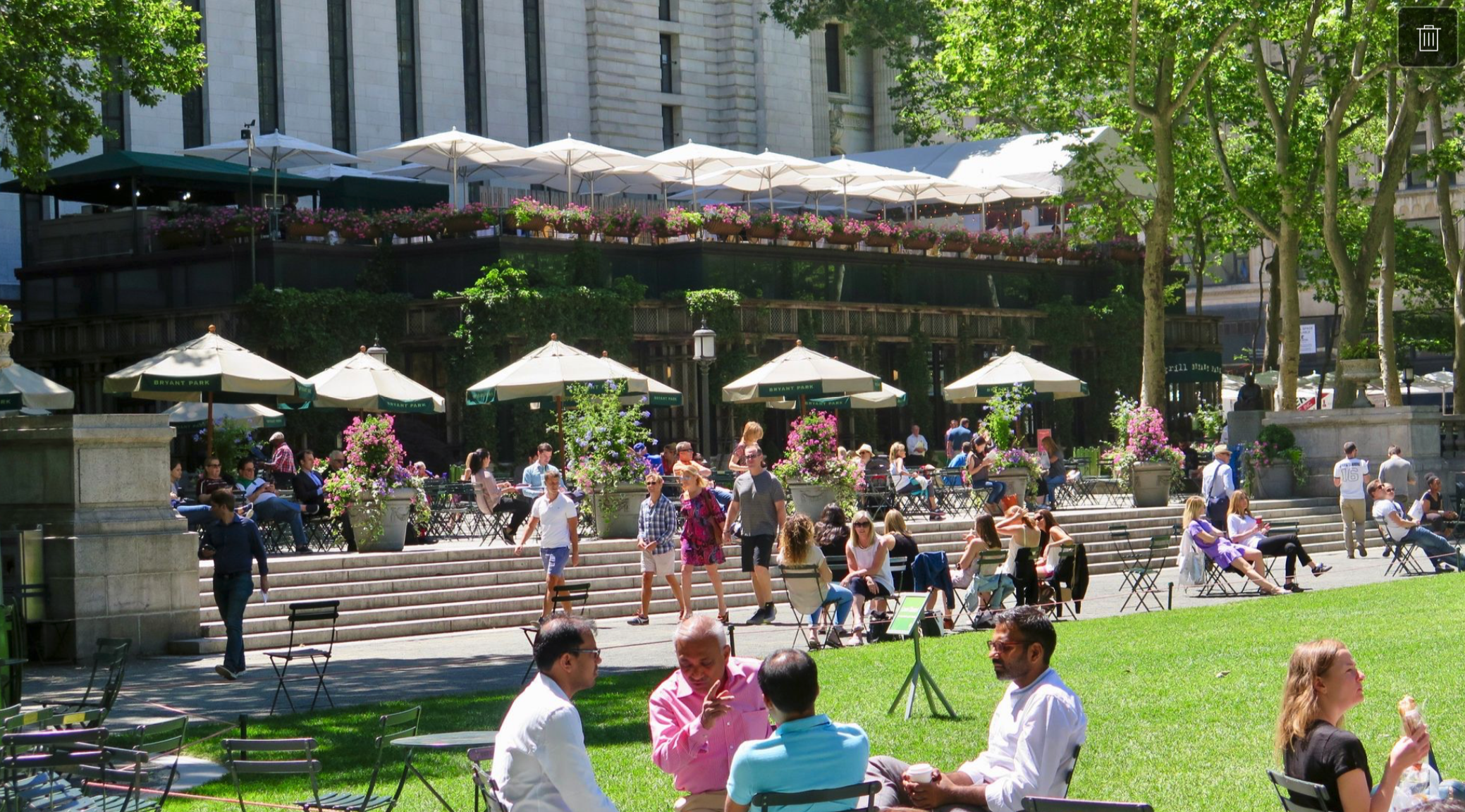
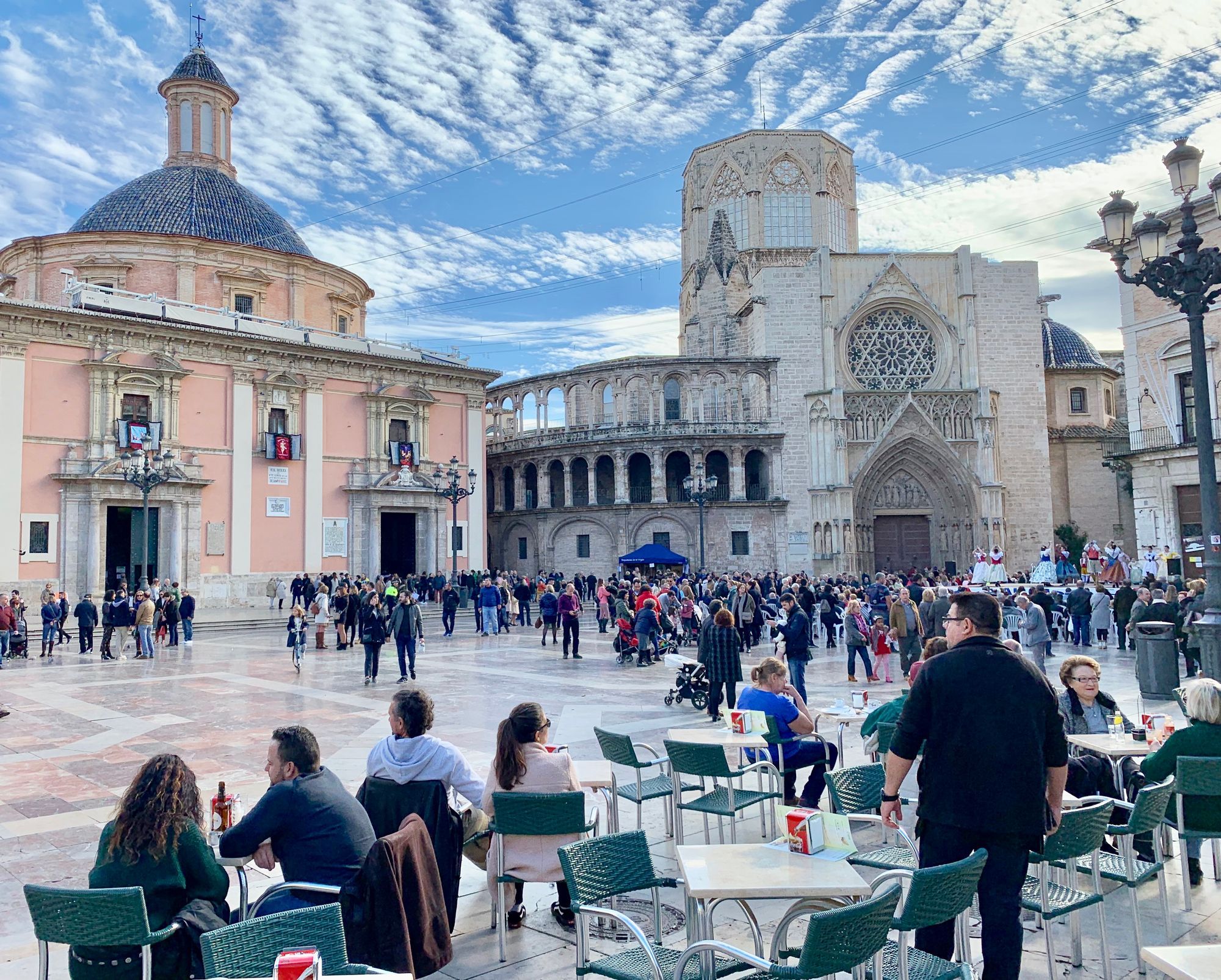
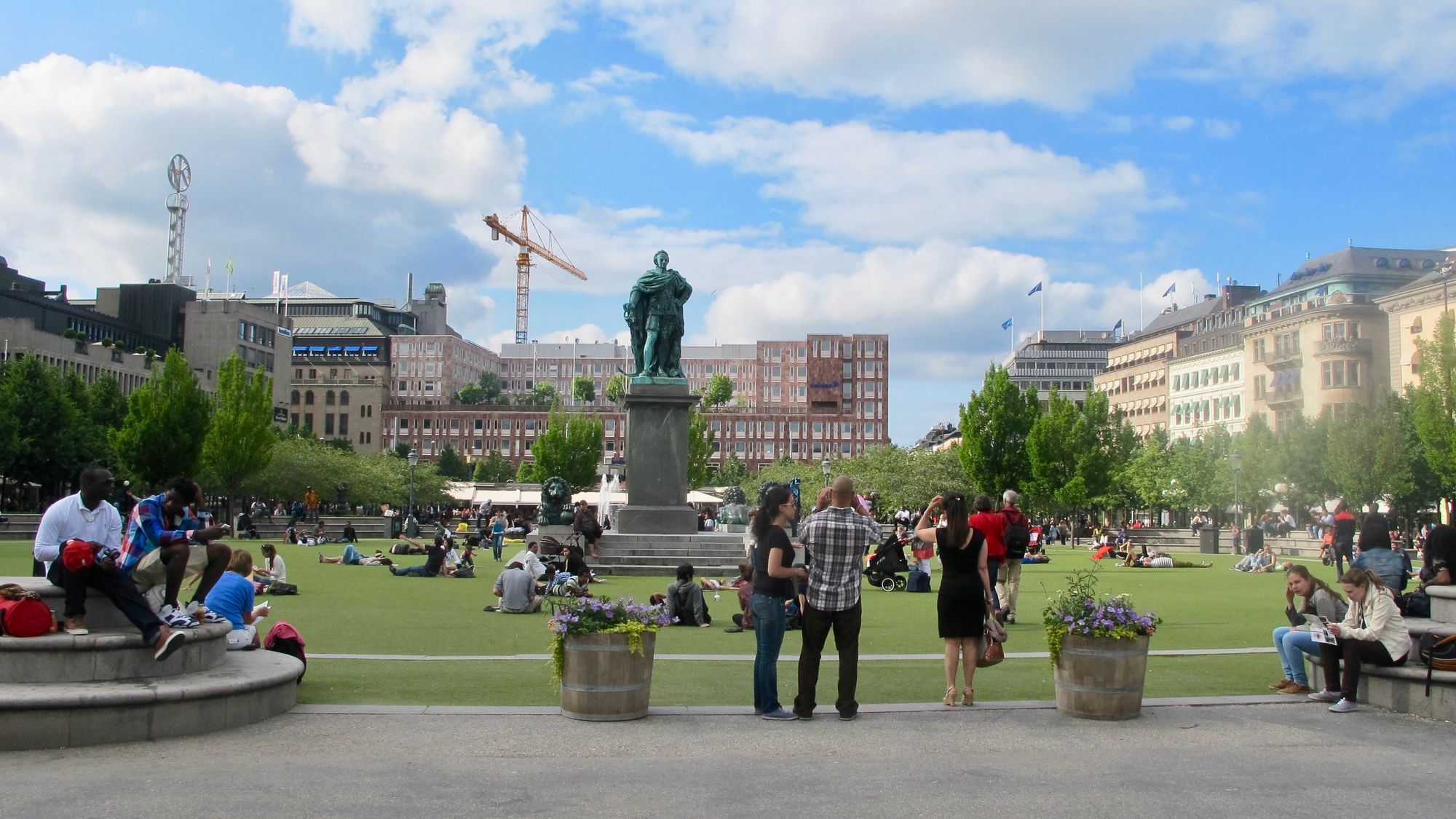
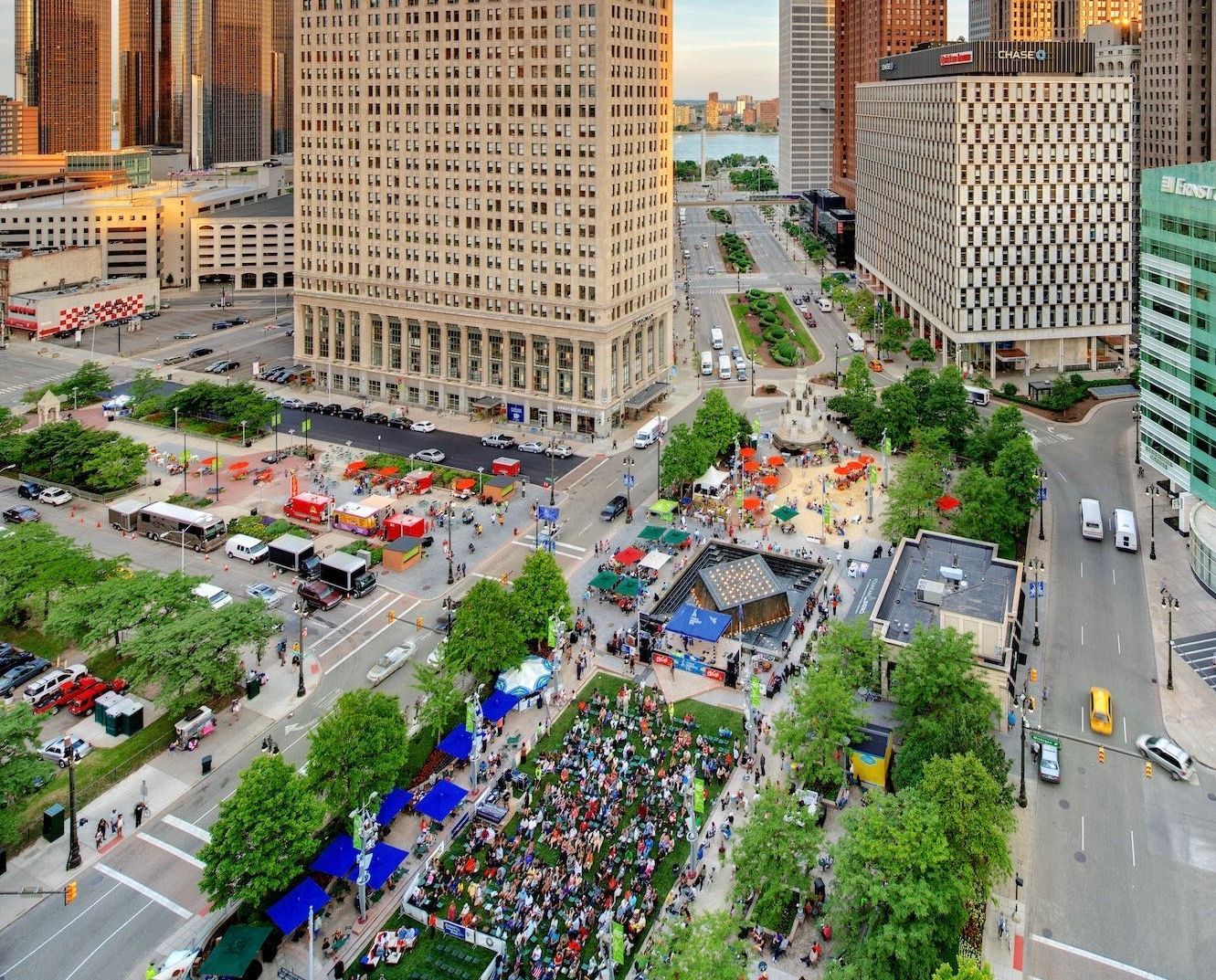
6.2) Markets
Markets are hubs of community life. People of all kinds are drawn to markets with their dynamic atmosphere and broad variety of goods. Visitors shop with friends and family and the magnetism of markets makes a trip there not a chore but an enjoyable experience to be shared and savored.
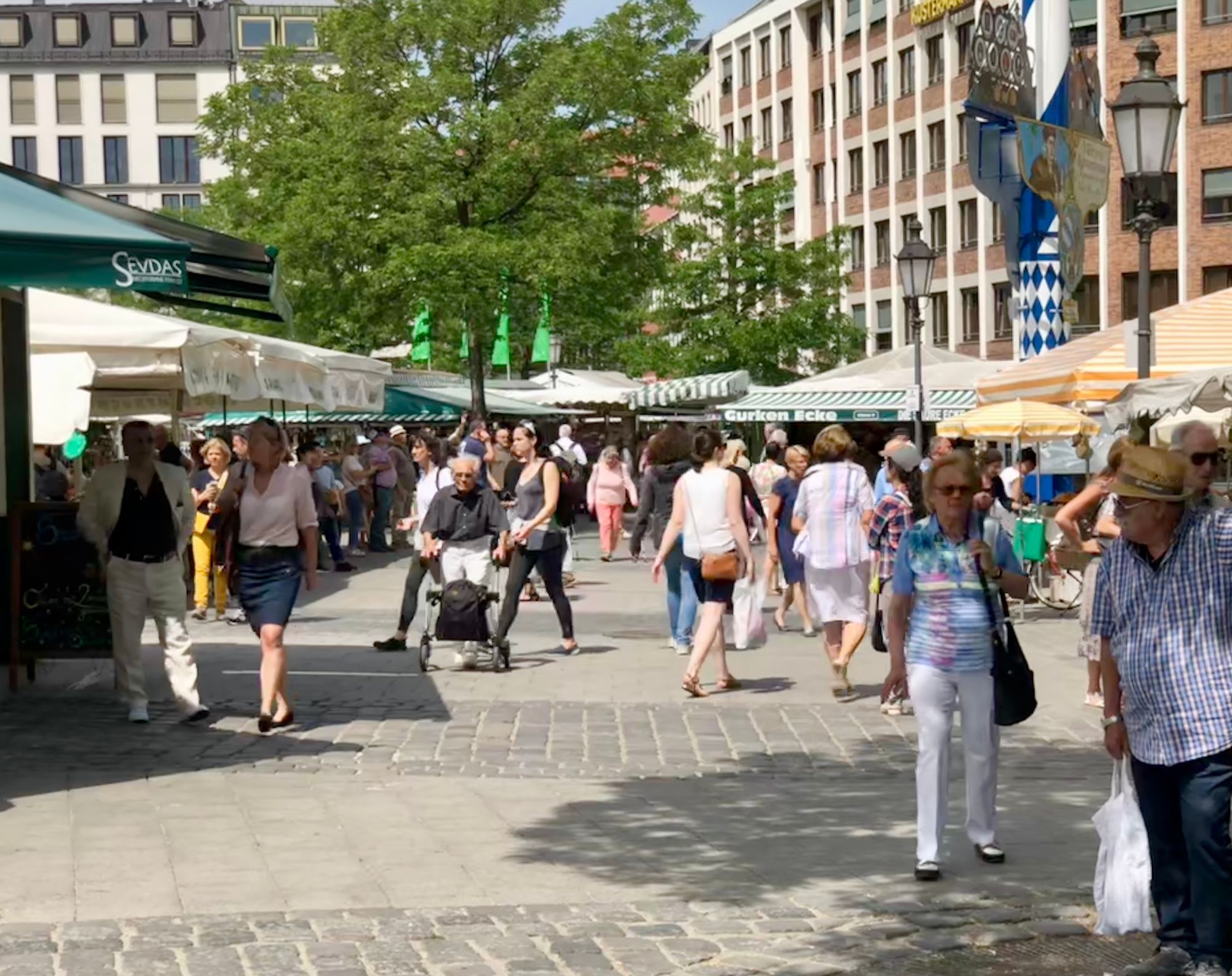
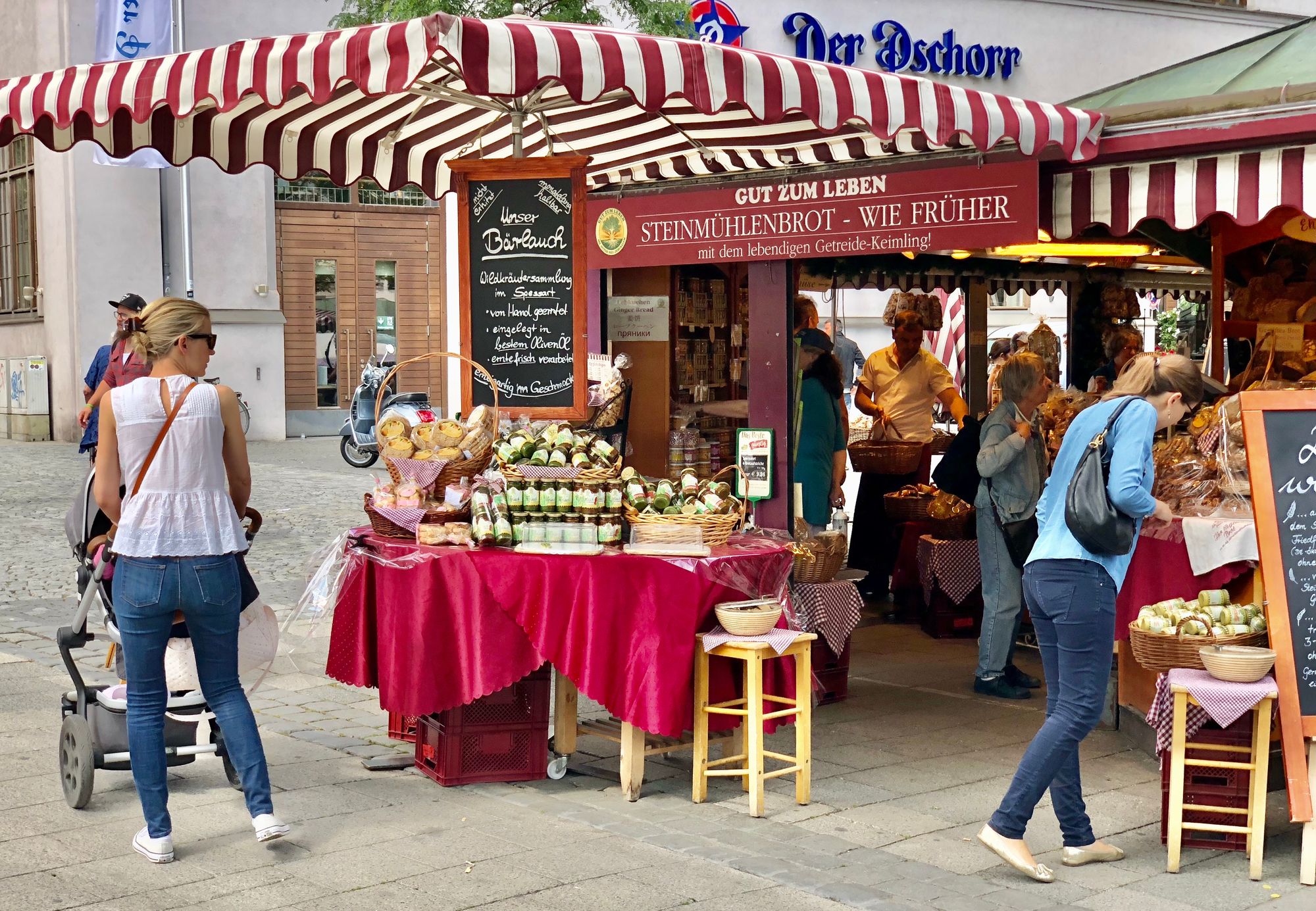

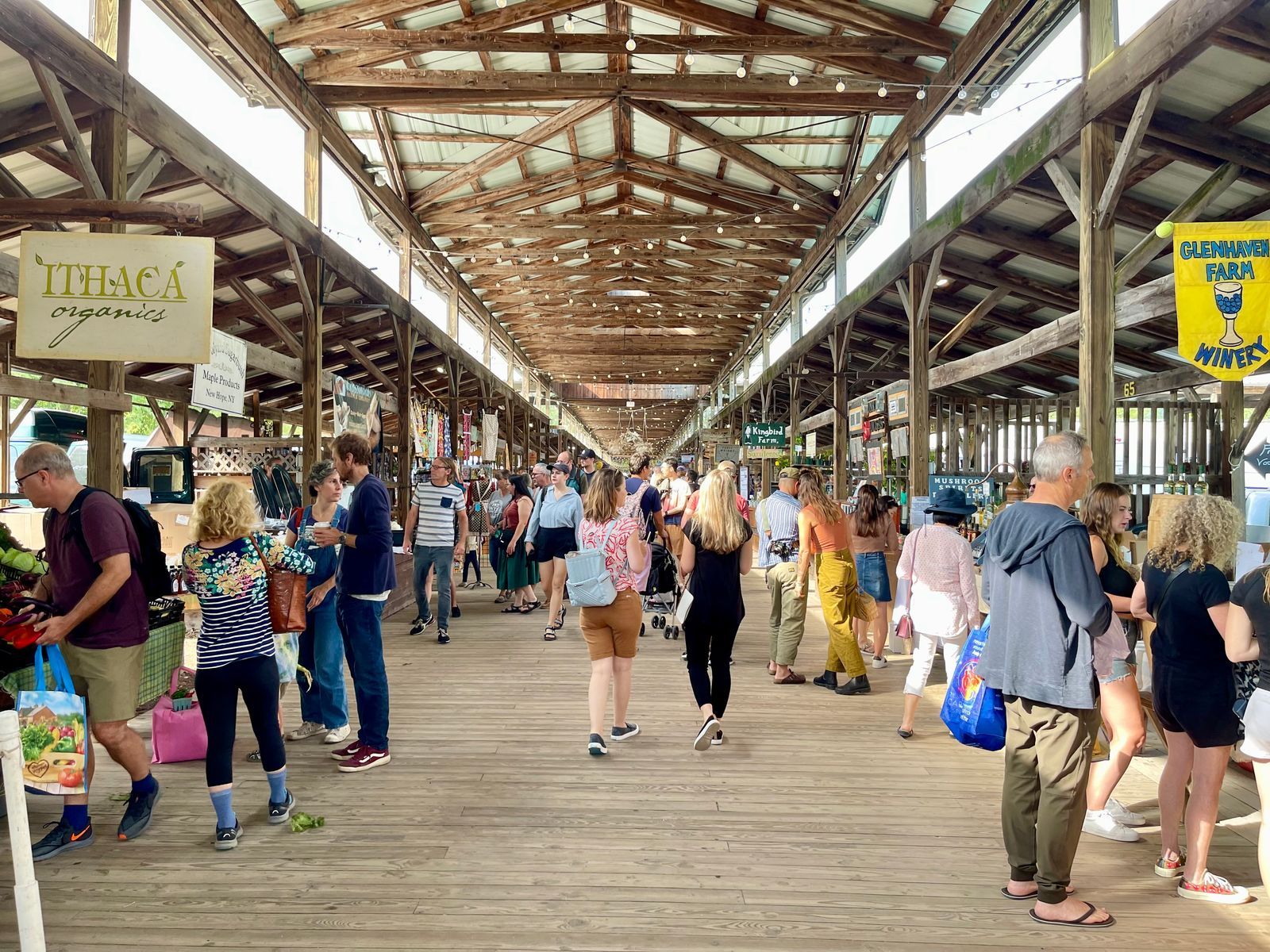
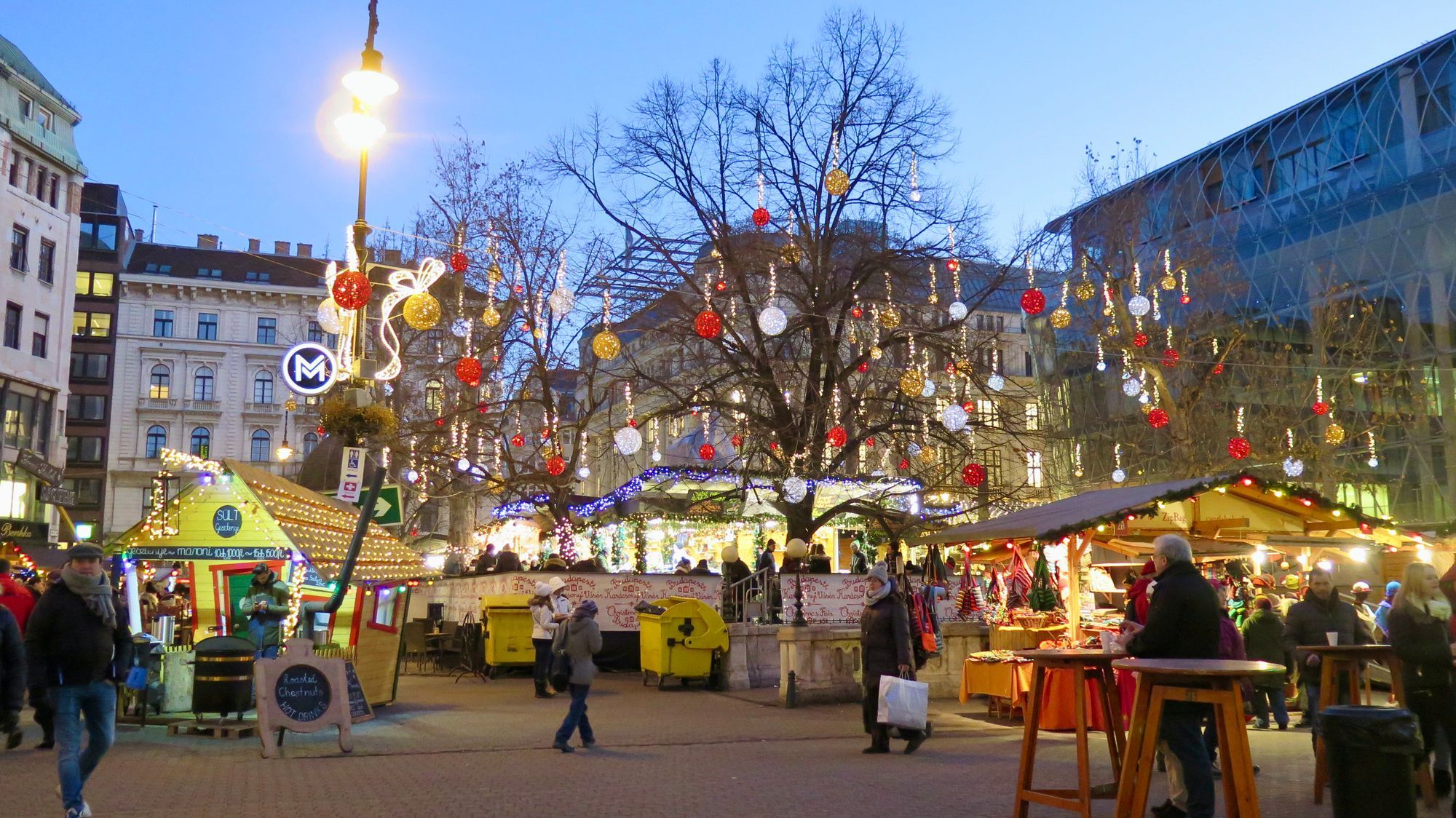
6.3) Waterfronts
The best waterfronts showcase a city’s rich history and offer diverse activities with beautiful views of the water, creating a vibrant place to live, work, and play. With one-of-a-kind commercial spaces, entertainment venues, parks, plazas, or markets, waterfronts frequently serve as a city’s living room and highlight its connection to natural bodies of water.
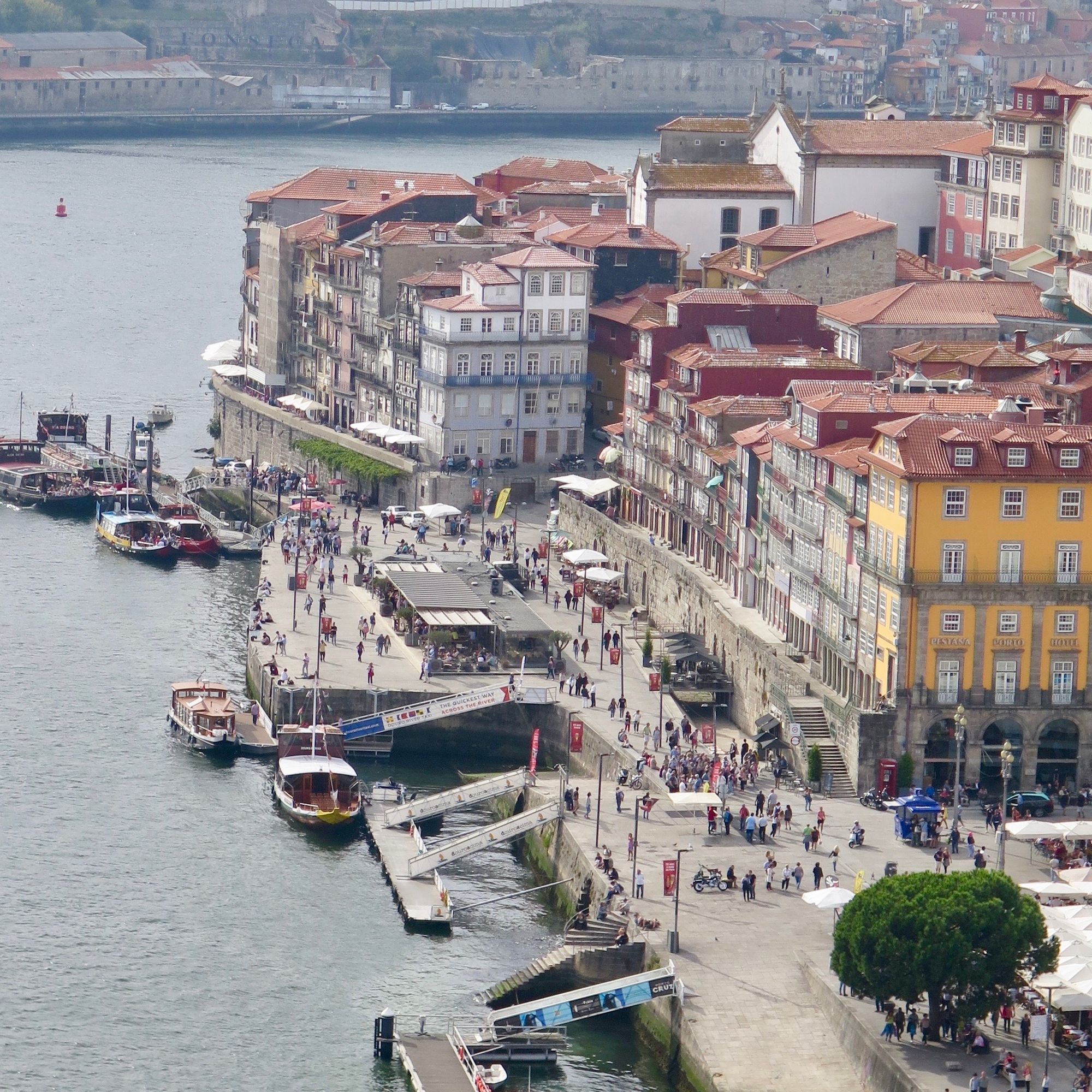
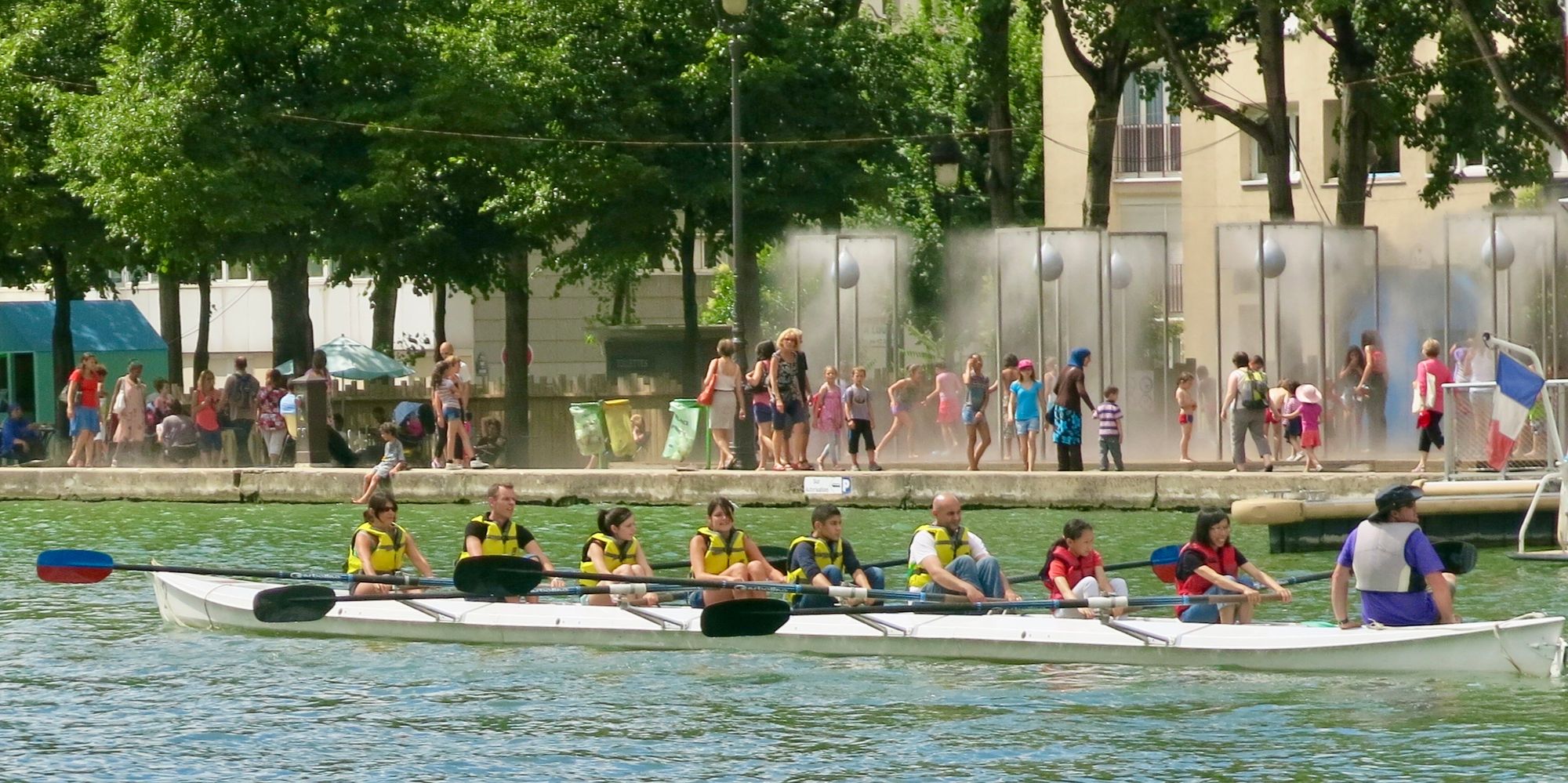
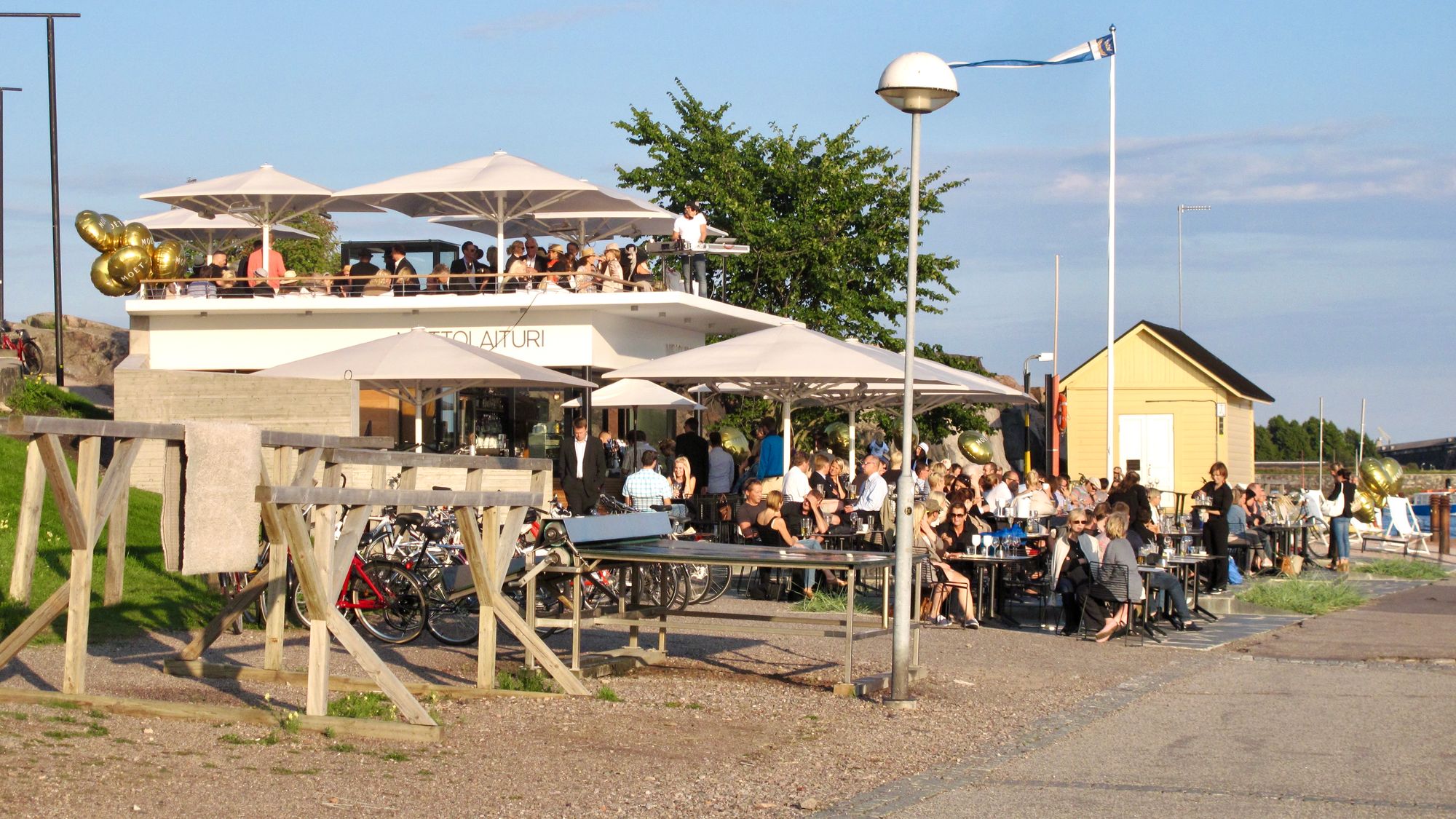
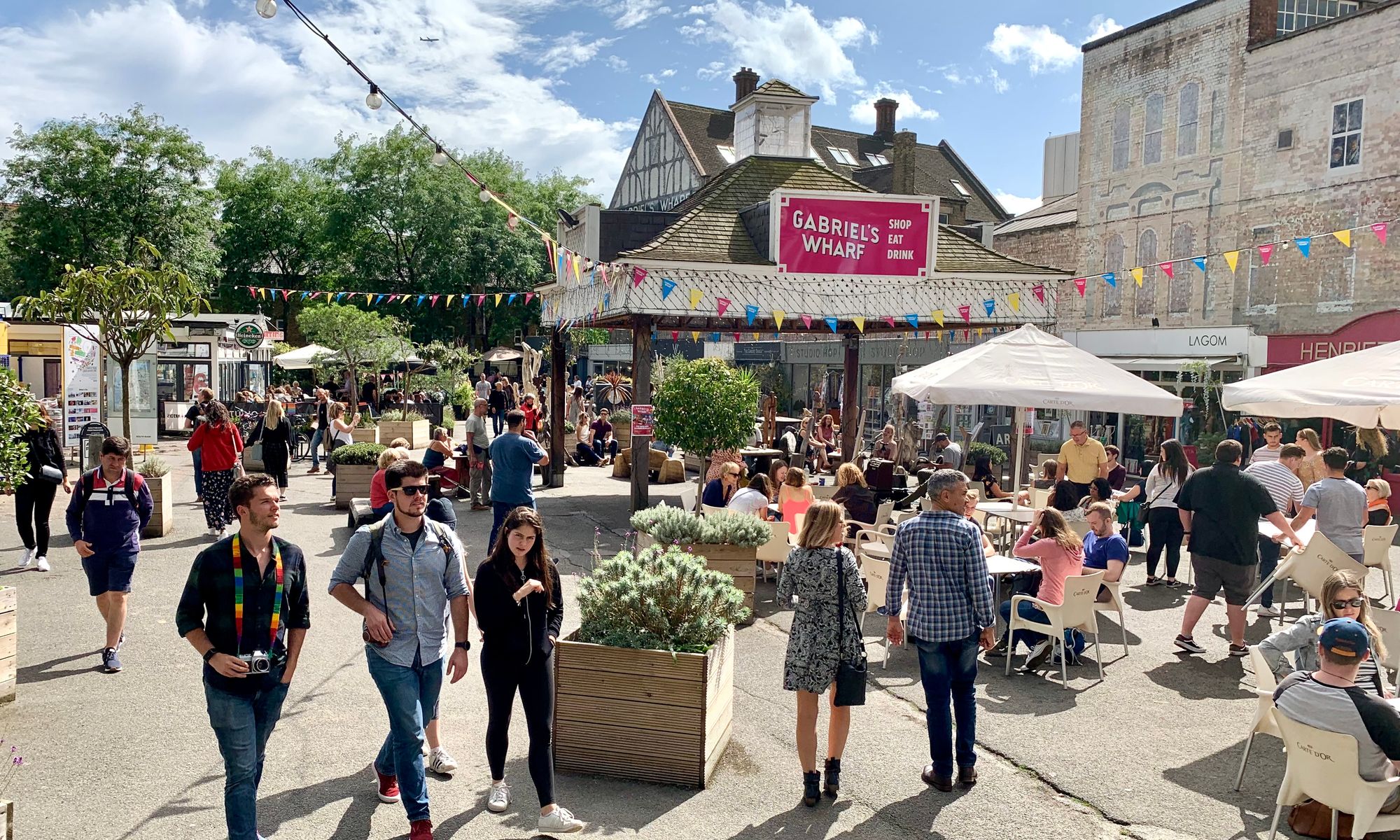
7) Fun, Comfort, Security
The best places make us feel happy, comfortable and safe. Placemaking is meaningless without the idea of fun and joy at its center. Why put in all this work to making public spaces better, unless the definition of "Building it Better" also means that these spaces bring us pleasure?
Fun
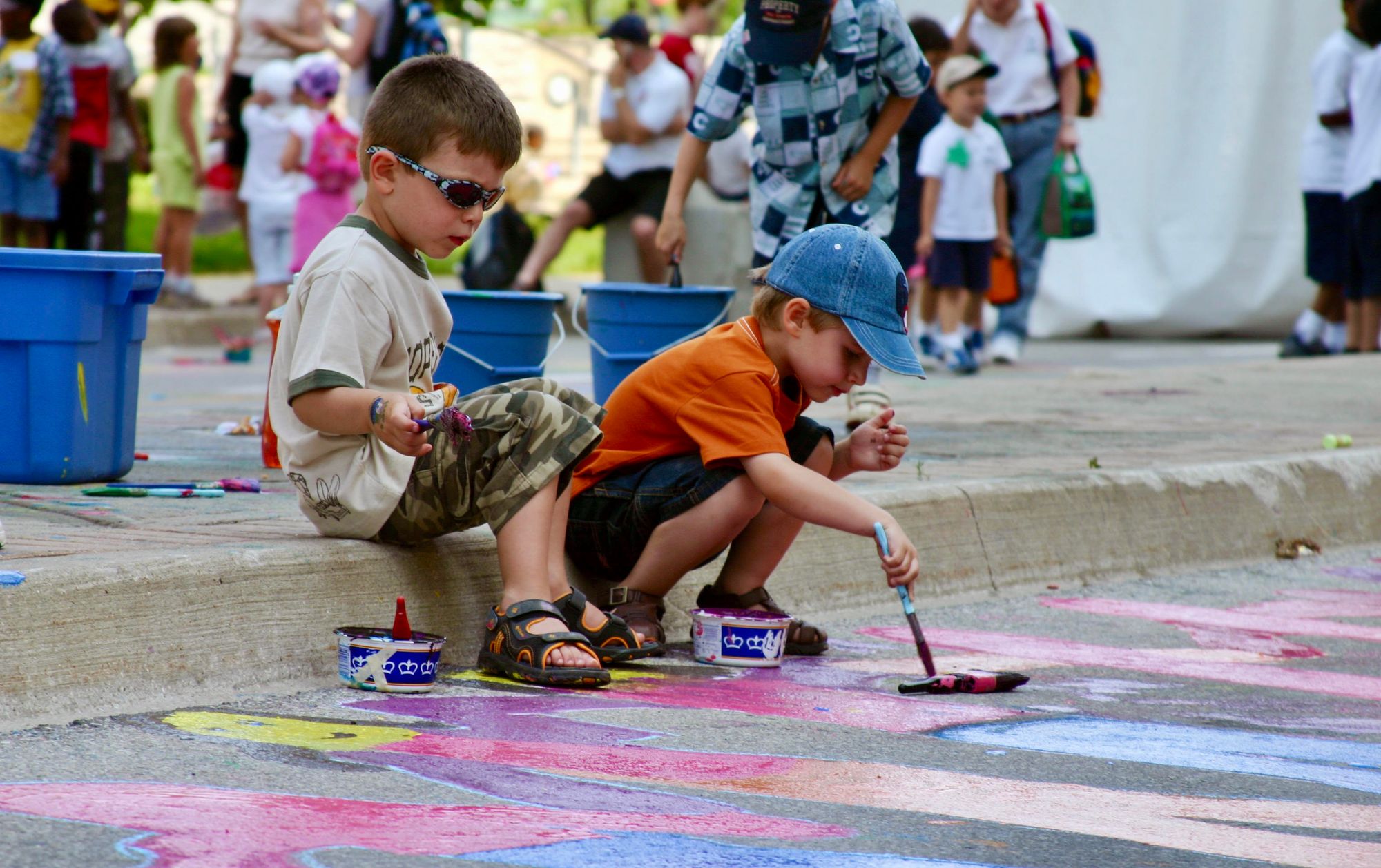

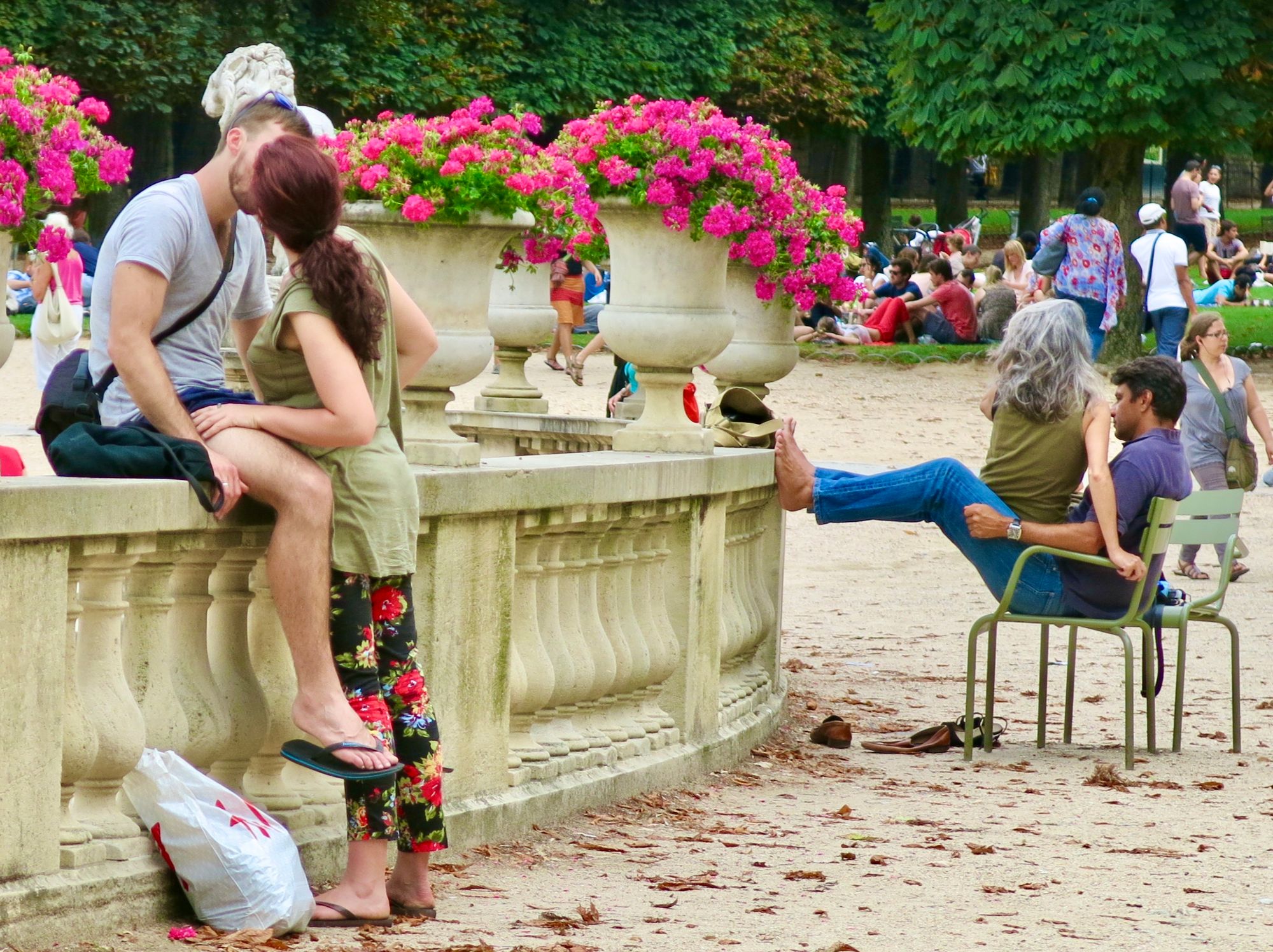
Comfort



Security
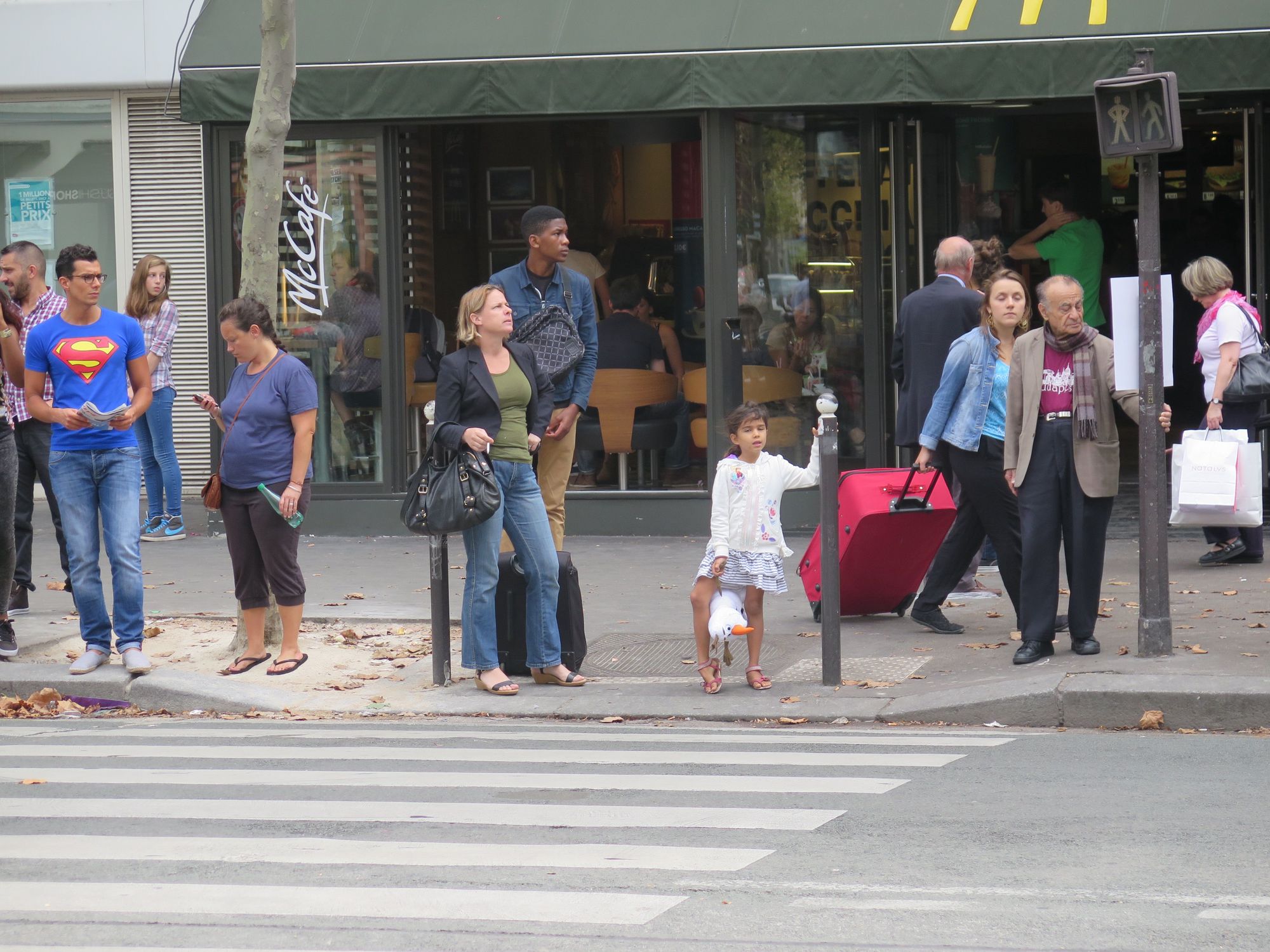
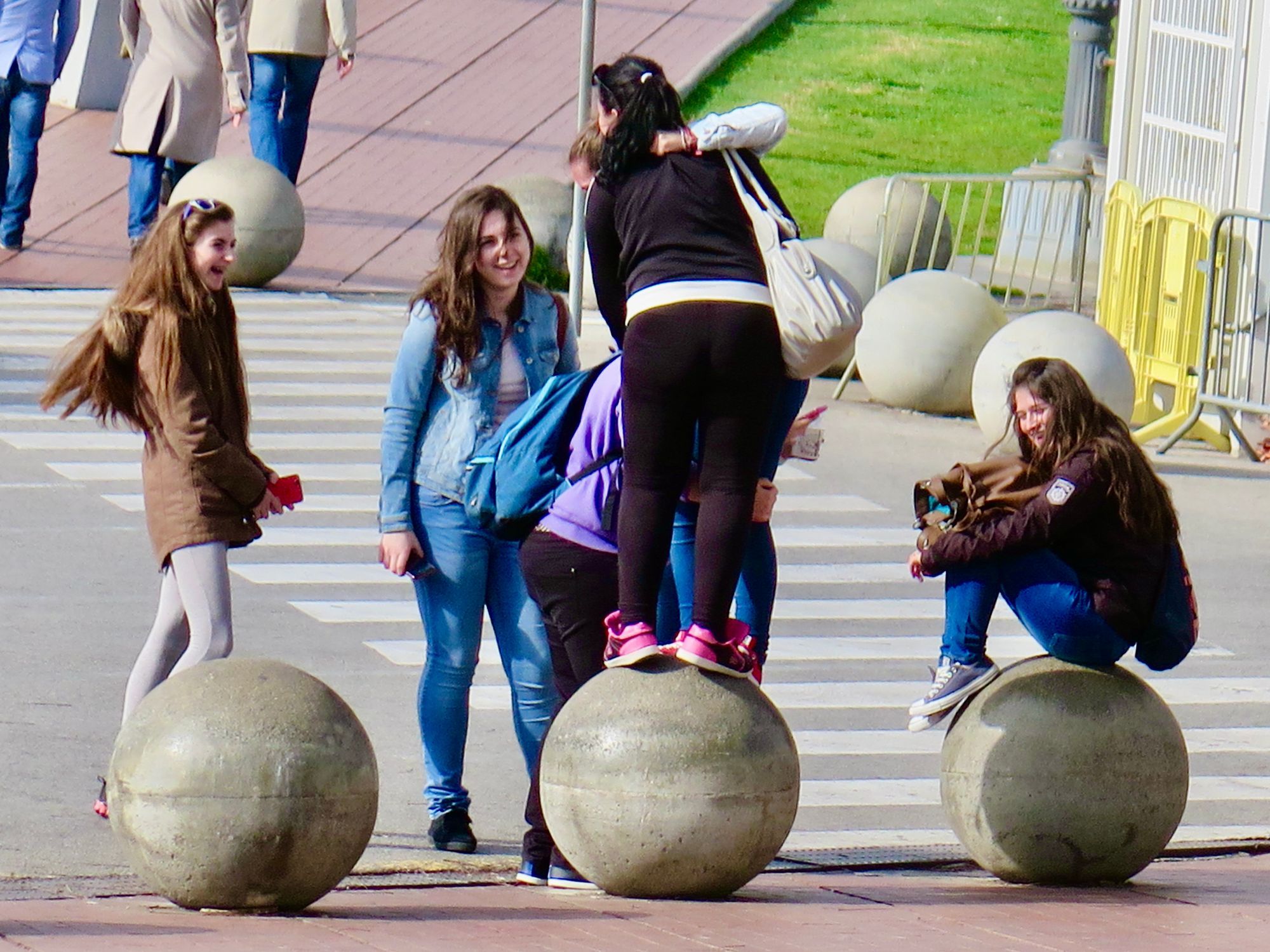
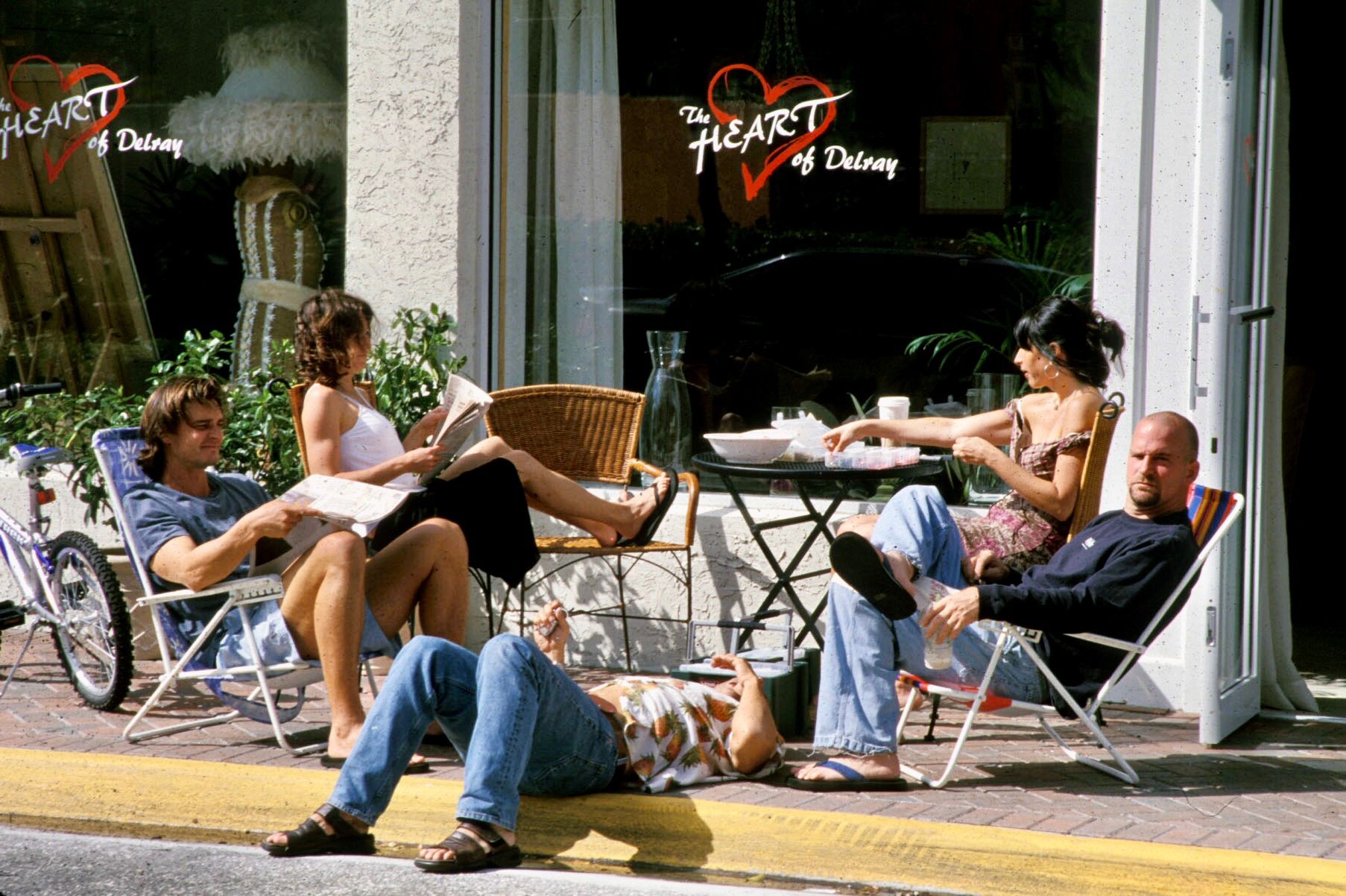
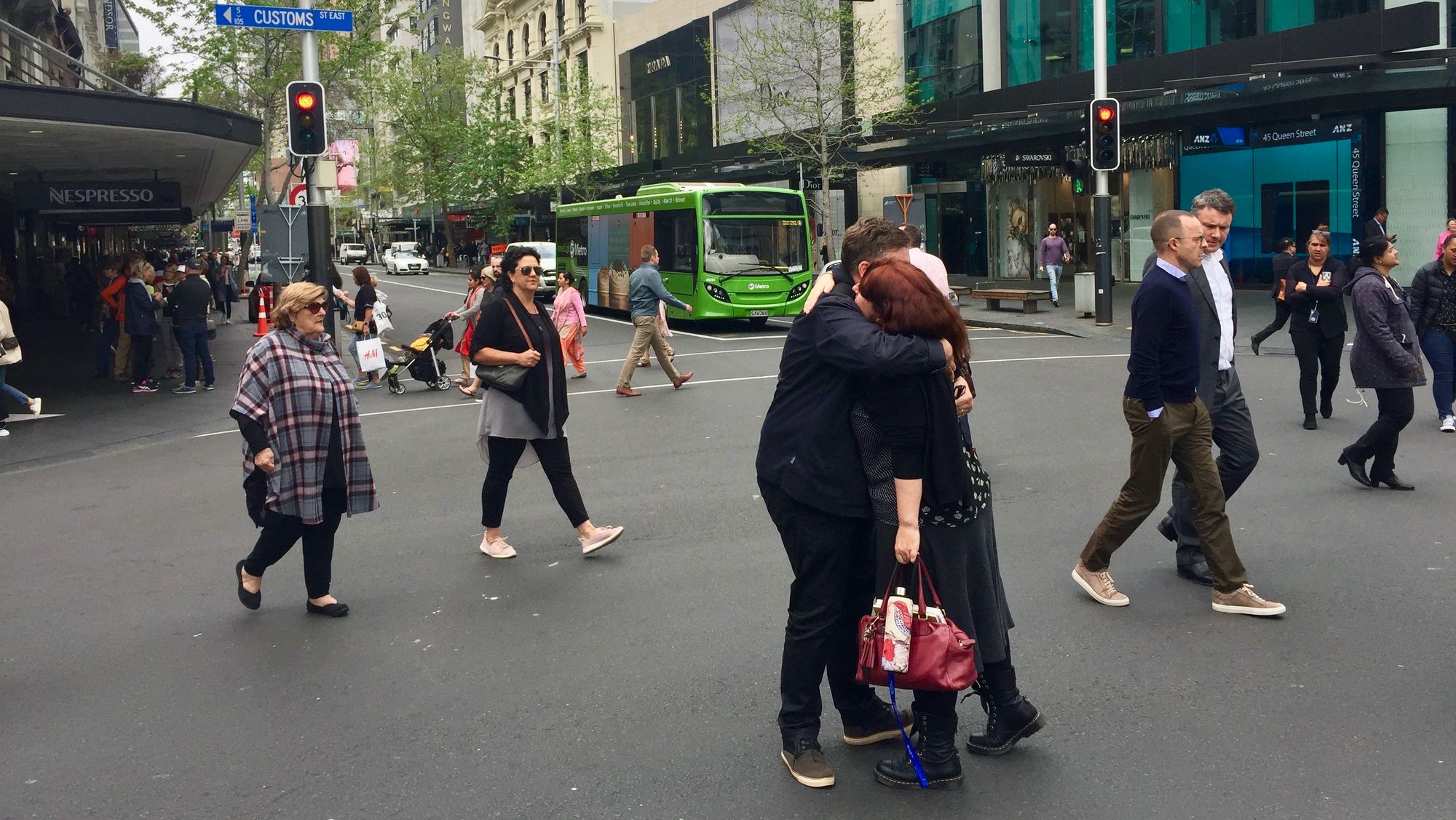
8) Social Life for All
The best places are those that feel welcoming and enjoyable for all. When we see a place where people of all ages and backgrounds have chosen to gather, we know that it is a place which has something to offer everyone, and therefore it is a heart of community life.
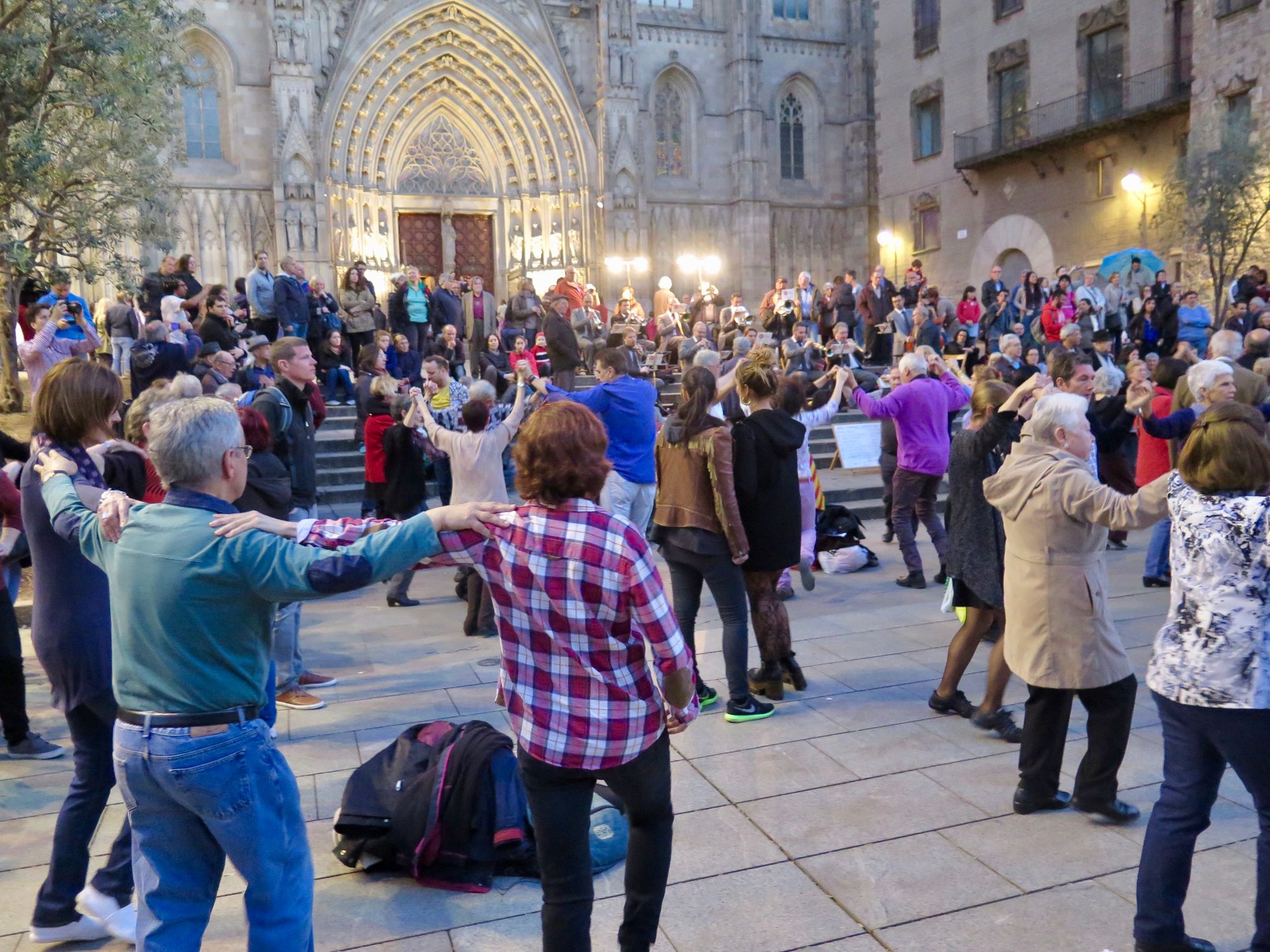
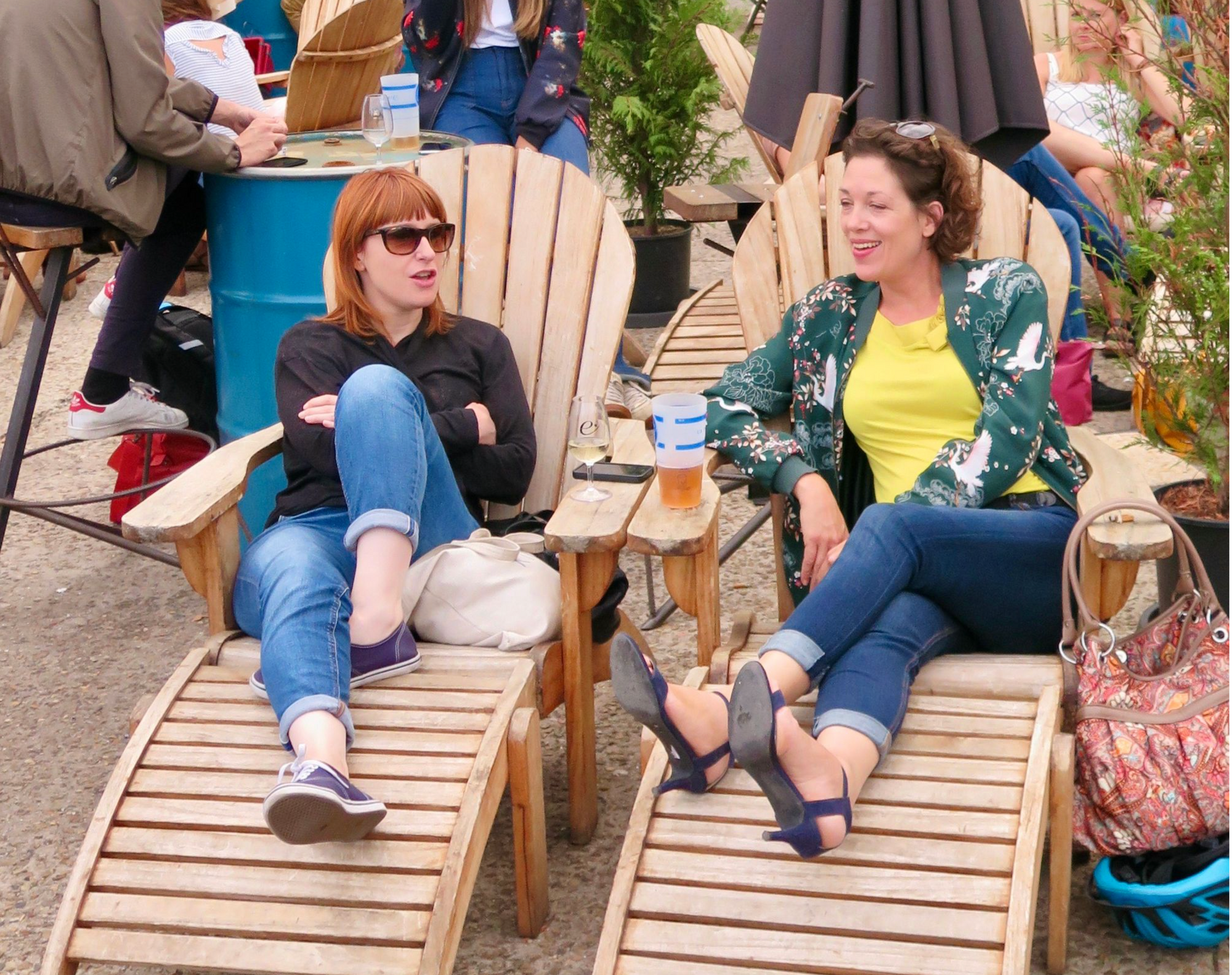

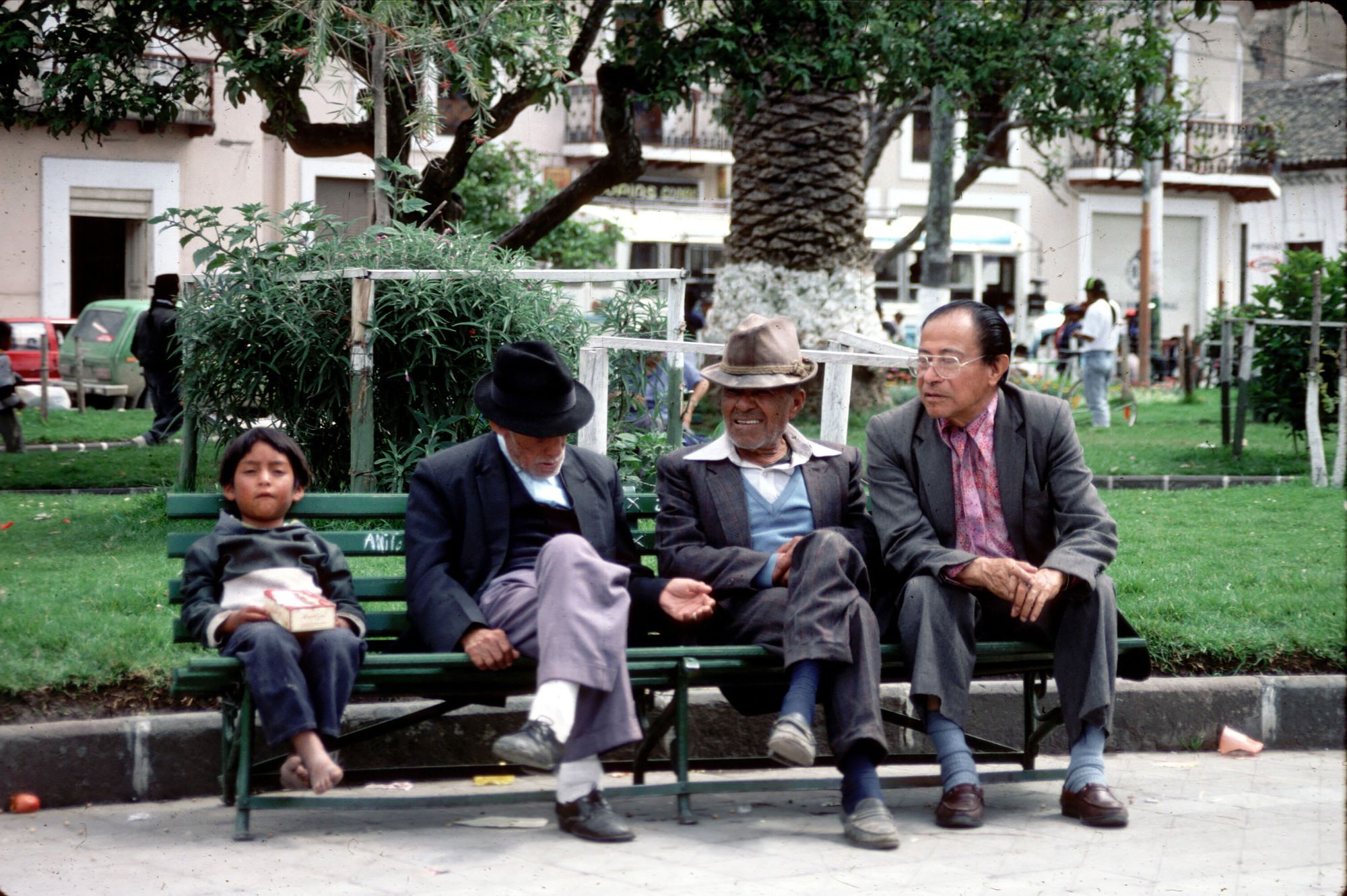
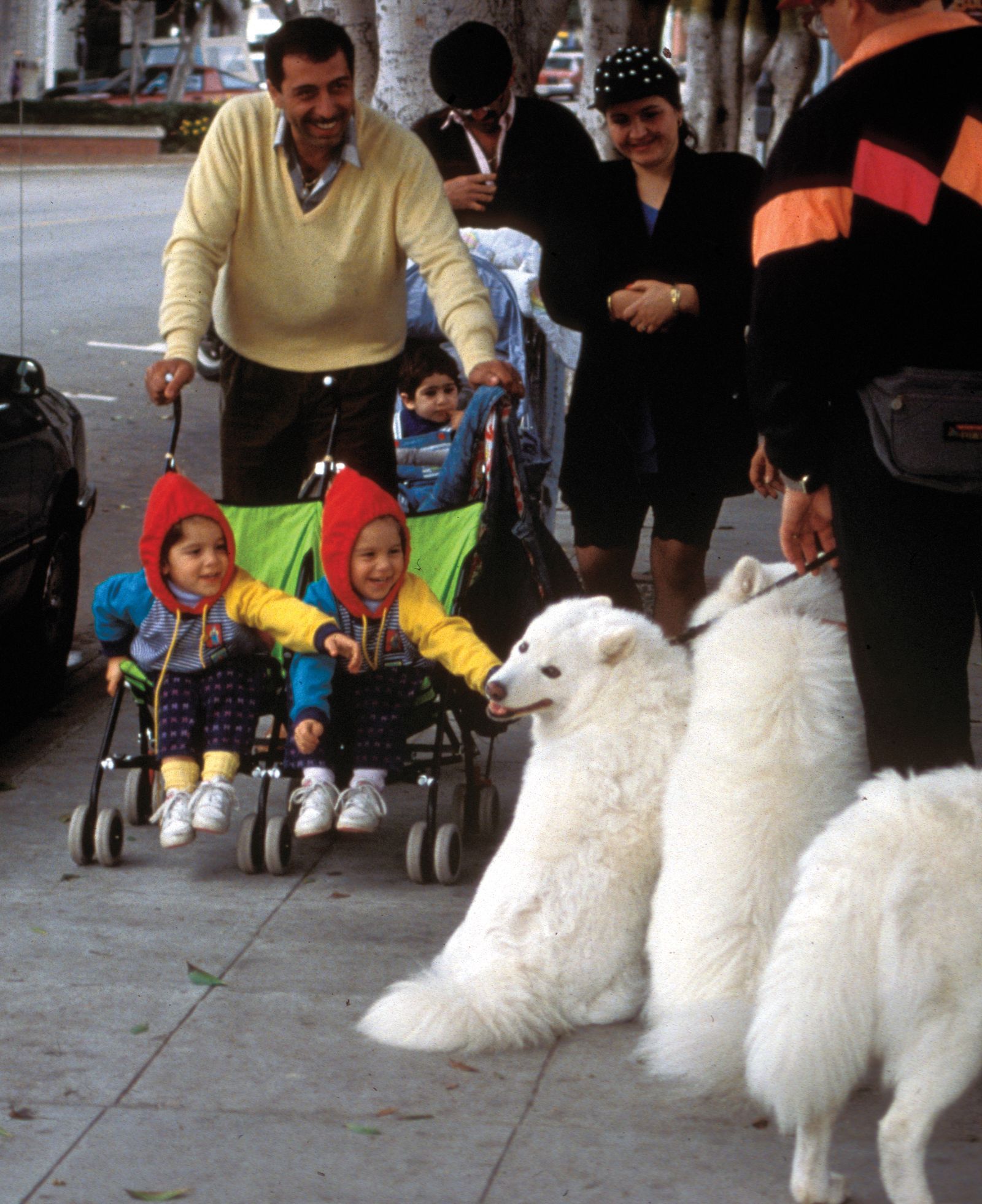
Other groups doing important work in this field
Our First Organization
- Project for Public Spaces brings public spaces to life by planning and designing them with the people who use them every day. PPS’s knowledge, skills, and strategies equip people around the world to create lasting change in strengthening their communities. (Founded by Social Life Project Founders Fred Kent, Kathy Madden and Steve Davies, PPS and the PPS blog is a great place to access some of our history, early work and resources.)
Our Current Work
- The Placemaking Fund is a new non-profit whose goal is to achieve large-scale social and environmental change through the two inaugural programs of PlacemakingX and Social Life Project. The Placemaking Fund serves as an intermediary for funders who want to invest in the placemaking movement.
- PlacemakingX is a global network of leaders who, together, accelerate placemaking as a way to create healthy, inclusive, and beloved communities.
- Social Life Project highlights what makes public spaces thrive, drawing from communities around the world, in order to incite a renaissance of social life.
External Organizations
- Open Streets Project is part advocacy project, part toolkit, part information database. It’s a one-stop shop for all things open streets (programs that temporarily open streets to people by closing them to cars). The team can offer aid and guidance to organizations and cities founding or growing their open streets programs.
- Better Block educates, equips, and empowers communities and their leaders to reshape and reactivate built environments to promote the growth of healthy and vibrant neighborhoods.
- Main Street America leads a movement committed to strengthening communities through preservation-based economic development in older and historic downtowns and neighborhood commercial districts.
- Open Plans promotes civic engagement for livable streets. Their tools — information, education, and activation — empower residents to shape their communities.
- The International Society for Urban Health is the only global nonprofit organization working to bring together leaders from across academia, government, philanthropy, the nonprofit, and private sectors to achieve a healthier, more equitable urban future for all people, in all communities, worldwide.
- The City Repair Project collaborates with communities to cultivate and facilitate community-led artistic, equitable and ecologically-oriented placemaking. City Repair actively supports groups to create thriving community through the creative reclamation of public space.
- Strong Towns seeks to replace America’s post-war pattern of development, the Suburban Experiment, with a pattern of development that is financially strong and resilient. They advocate for cities of all sizes to be safe, livable, and inviting.
- Congress for the New Urbanism champions walkable urbanism. They provide resources, education, and technical assistance to create socially just, economically robust, environmentally resilient, and people centered places. They leverage New Urbanism's unique integration of design and social principles to advance three key goals: to diversify neighborhoods, to design for climate change, and to legalize walkable places.
- Happy Cities works with cities, developers, and non-profits around the world to maximize the wellbeing impact of public spaces, streets, infrastructure, and housing.
- Mod Street helps communities with placemaking, revitalization and re-envisioning of their Main Streets and downtowns. They have designed a state-of-the-art solution for restaurants, breweries, retailers and communities, to offer guest service seating on sidewalks and in parking spaces.
If you believe your organization should be included in this list, please get in touch. These are global issues and we need to work together to create the change we need.
Who We Are
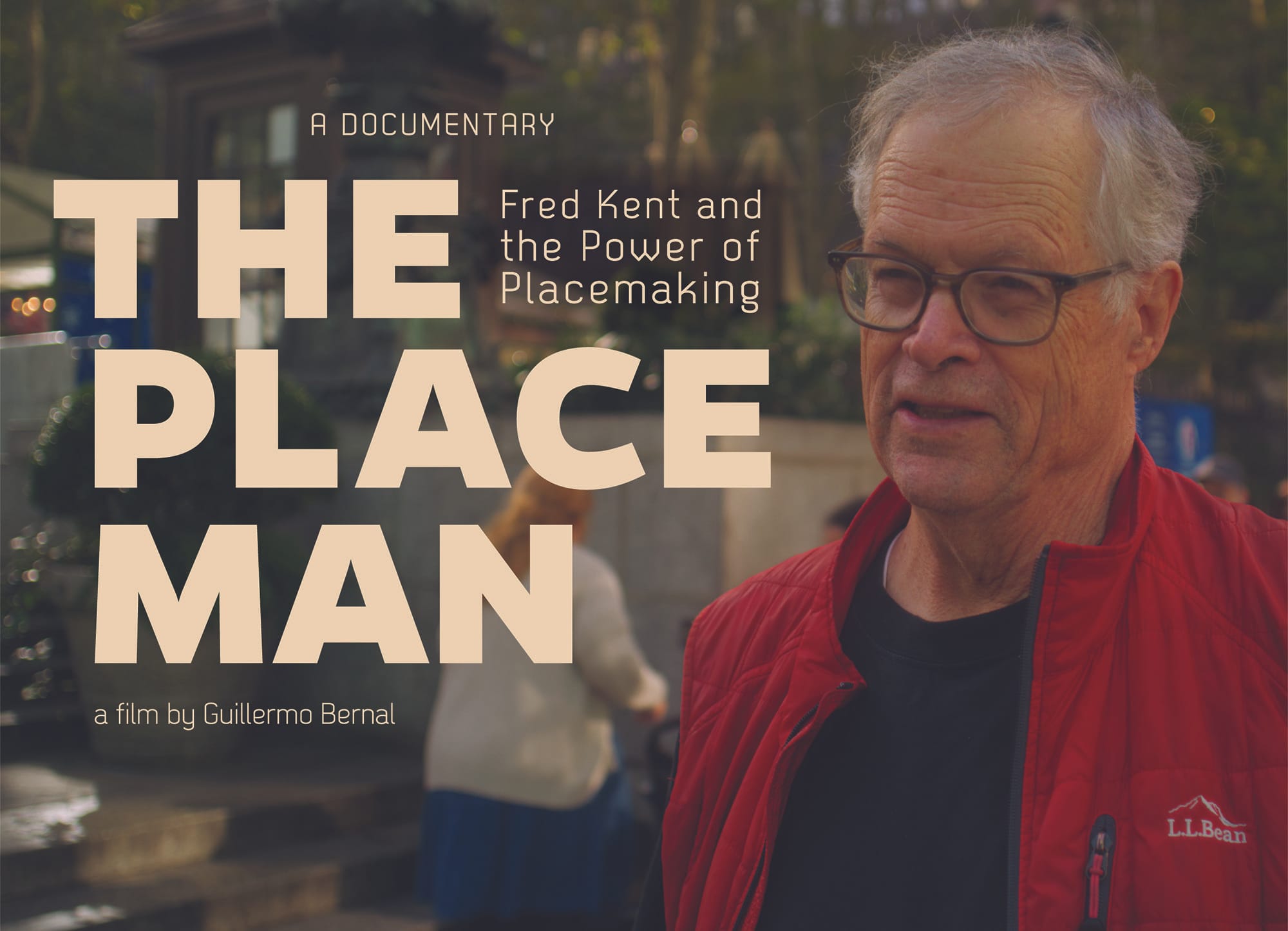
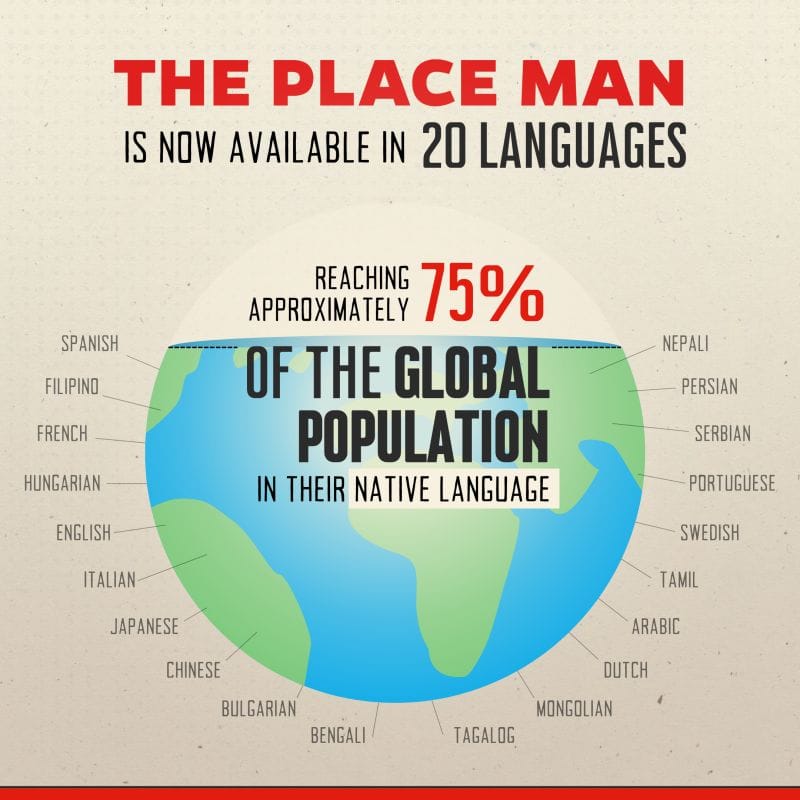
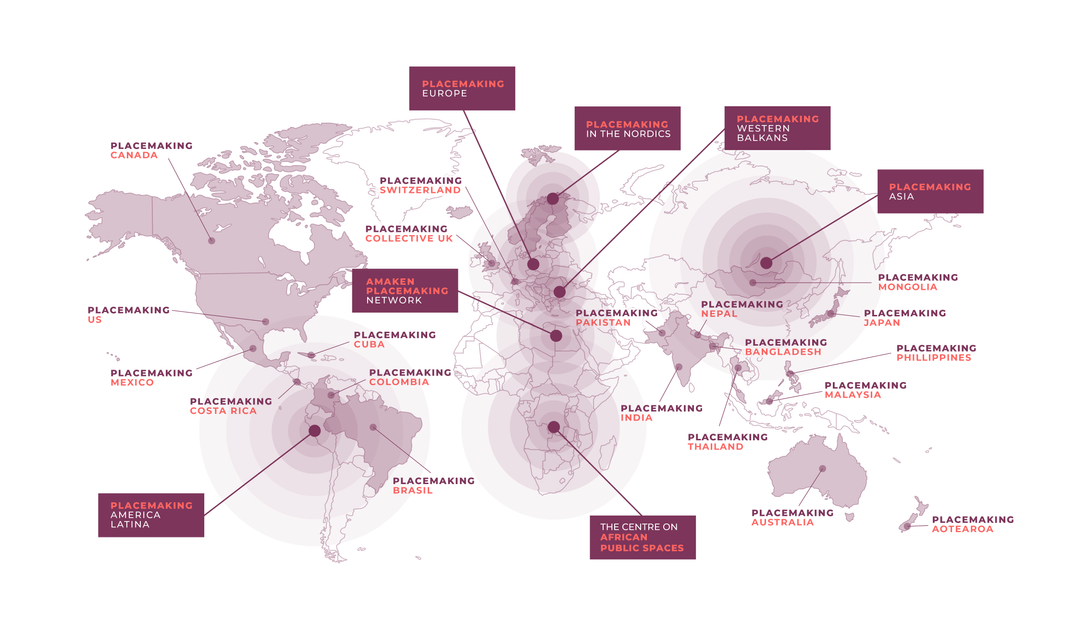
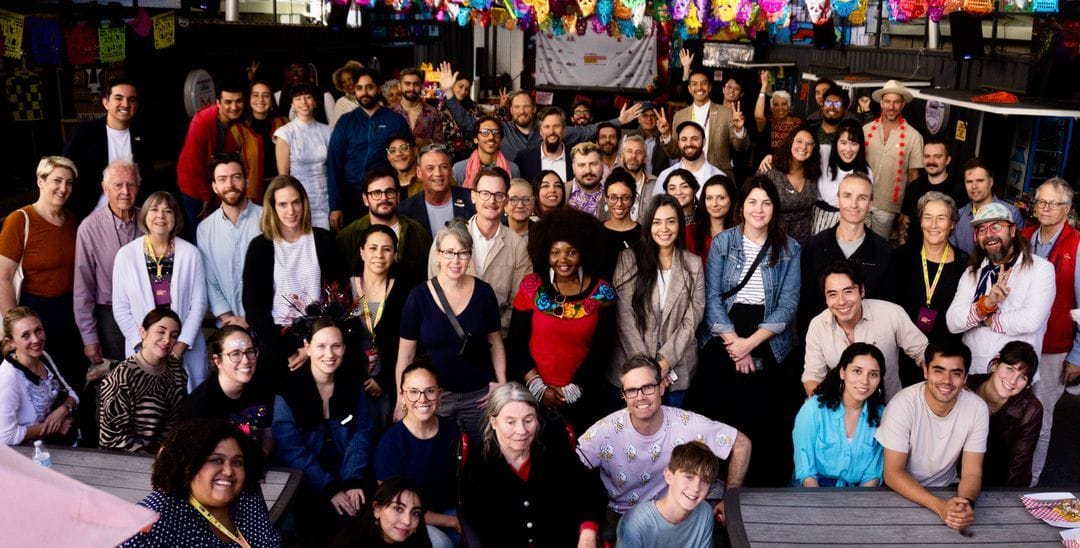
If you are interested in helping to build a community-wide campaign or catalytic interventions, presentations, exhibits, or in supporting the cause in some other way contact us.






